the feed
Fly Fishing Terms You'd Better Know
The first thing to know about fly fishing is that you will always be learning. It's part of the beauty of the sport. Always refreshing old ideas, picking up new tricks, and slowing down to let in some knowledge.
The first thing to know about fly fishing is that you will always be learning. It's part of the beauty of the sport. Always refreshing old ideas, picking up new tricks, and slowing down to let in some knowledge. I have scoured the internet and a couple of books to pull out all of the terms that I can think of to compile into this list. In all honesty, it was a practice of learning myself.
A
Anadromous Fish: Fish that are born in freshwater, migrate to saltwater to grow, and return to freshwater to spawn, such as salmon and steelhead.
Arbor: The center part of a fly reel where first backing and then line is wound (see Large Arbor, Standard Arbor, Mid-Arbor).
Arbor knot: A knot used for tying backing to the arbor of the fly reel.
B
Back Cast: In fly fishing, casting is a back-and-forth motion of the rod and line that allows you to place your fly where you’d like. The back cast is when your rod and line are behind you.
Backing: An added braided line that connects the reel’s spool to the fly line. Since fly lines average 75-115 feet in length, the lines require backing for those adrenaline-charged times when a large fish runs out all of the regular fly line.
Barb: The backward facing projection cut into a hook.
Barbless: Barbless hooks are either manufactured without a barb or the barb is squeezed down using hemostats or pliers. ‘Going barbless’ makes it easier to remove a hook and minimizes the handling and potential damage to a fish you intend to release.
Beadhead: A style of fly utilizing a bead immediately behind the hook eye. Some beads help a fly sink, but others are floaters.
Blank: A hollow rod is called a blank. It has no guides, ferrules, or reel seat. Fly rods are produced by wrapping sheets of fiberglass and graphite material around a carefully tapered steel rod (called a mandrel).
Blood Knot: The most widely used knot for tying two pieces of monofilament with similar diameters together; the best knot for construction of a knotted tapered leader.
Break off: A break off is that heartbreaking moment when an unusually strong or large fish snaps the line, typically due to an undersized tippet or worn leader, or a poorly tied knot.
Butt section: 1) the thicker end of a tapered leader that is tied to the fly line and 2) the last section of a rod, at the end of the handle.
C
Caddis: One of the three most important aquatic insects imitated by fly fishers – the other two being mayflies and midges – found worldwide in all freshwater habitats. The adult resembles a moth when in flight; at rest, the wings are folded in a tent shape down the back. The most important aquatic state of the caddis is the pupa, which is its emerging stage (see Larva, Pupa, and Emerger).
Cast: This is the motion you make when you collectively 'throw' a fly rod, reel, and line. There are different types of casting for different fishing applications. (See Back Cast, Overhead Cast, River Load Cast, Roll Cast, Water Tension Cast).
Casting arc: The path that the fly rod follows during a complete cast.
Catch and release: A practice within fly fishing intended as a technique of conservation. Fish should be fought quickly and never allowed to tire to the point of exhaustion to prevent injury or death. After capture, the fish is unhooked using wet hands – or no touching if possible – and forceps and returned to the water as quickly as possible. If necessary, resuscitate by pointing the fish's head upstream into the current and waiting until it swims off under its own power.
Chironomid: A scientific name for the members of the Diptera family of insects commonly known as midges. In the pupae stage, they typically appear to be small aquatic worms. In addition to caddis and mayflies, one of the most important insects in a trout's diet.
Click Drag (or Click & Pawl Reel): A mechanical system on a fly reel used to slow down or resist the pulling efforts of a fish, so as to slow the fish down and tire it to the point where it can be landed.
Clinch Knot: A universally used knot for attaching a hook, lure, swivel, or fly to the leader or line; a slight variation results in the Improved Clinch Knot, which is an even stronger knot for the above uses.
Cone Head: Same as a beadhead, but the bead is cone-shaped.
Covering (or Delivery): Used to describe the action of casting the fly to a fish or into a promising-looking area of water.
Current Seam (or Seam): Current seams are formed by the nature of current flow. Usually, the middle of a river or stream contains the fastest flow with its edges having slower flows due to friction with the bank and the streambed obstacles. A stream channel’s curvature redirects its heaviest flow away from the remainder of the stream creating current seams.
D
Damselfly: An important still water aquatic insect most commonly imitated in the nymphal form, with hatches usually occurring in early to mid-summer. Adult looks similar to a dragonfly but smaller and folds its wings along its back when at rest.
Dead Drift: A perfect float in which the fly is traveling at the same pace as the current, used in both dry fly and nymph fishing (see Mending Line and “S” Cast).
Delivery (or Covering): Used to describe the action of casting the fly to a fish or into a promising-looking area of water.
Disc Drag: A mechanical system on more expensive fly reels intended to efficiently slow and tire a fish that is taking line. Resistance is created between discs that apply pressure as line is pulled from the reel. Different from the click drag, the disc drag is smoother and less likely to create a sudden stopping resistance that will break the line.
Dorsal Fin: The fin on the back of a fish, sometimes divided into two or three partly or entirely separate sections.
Double Haul: In this cast the fly fisher quickly pulls and releases the line on both the back cast and the forward cast. It is used to create greater line speed, enabling the caster to reach farther or cut through wind.
Double Taper (DT): A standard fly line design in which both ends of the line are tapered, while the greater portion or “belly” of the line is level. An excellent line for short to moderate-length casts and for roll casting, but not as well suited for distance casts.
Drag: (1) An unnatural motion of the fly caused by the effect of the current on line and leader. Drag is usually detrimental, though at times useful – such as imitating the actions of the adult caddis. (2) Resistance applied to the reel spool to prevent it from turning faster than the line leaving the spool (used in playing larger fish).
Drag-Free Drift: This is accomplished when you minimize the effect of the current flow on the fly. This is equally important when fishing dry flies or nymphs. Trout are more likely to take food moving at the same speed as naturals being carried by the current and may even be spooked by flies moving too fast or too slow.
Drift: Four types of drifts: Straight upstream from you, upstream and across from you, downstream and across from you, straight downstream from you (see Fishing the Drift).
Dropper: A practice of fishing two flies at the same time, often one on the surface and a second underwater. A classic combo like the ‘Hopper-Dropper’ features a dry fly grasshopper pattern with a small nymph or emerger pattern tied off the bend of the hook. A dropper effectively doubles your chances of finding which type of insect and imitation fly the fish are keying on.
Dry Fly: Any fly fished upon the surface of the water, usually constructed of non-water-absorbent materials. Dry flies are most commonly used to imitate the adult stage of aquatic insects.
Dry Fly Floatant: Chemical preparation that is applied to a dry fly to waterproof it immediately before use; may be a paste, liquid, or aerosol.
Dun: (1) First stage in the adult mayfly’s life cycle, usually of short duration of 1 to 24 hours. This is the stage most often imitated by the dry fly. (2) A darkish gray-blue color that is very desirable in some fly tying materials.
E
Eddy: An area of water that is less turbulent than the surrounding currents, often found at the edges of a current or where two streams converge.
Elbow Control: The concept of maintaining a consistent level with your elbow during the overhead and roll casts. By holding your elbow in a steady plane, you can achieve a tight, wind-cutting loop that accurately delivers the line to your target. This is facilitated by adopting a proper stance that allows your upper body to pivot freely, ensuring a constant elbow position.
Emerger: Referring to aquatic insects, the term "emerging" describes the phase when a nymph reaches the water's surface and transforms into an adult. The emergence of the nymph is a crucial period for fly fishers to imitate, as it represents a significant food source for fish.
F
False Cast: A fundamental fly fishing cast used to adjust line length, change direction, and dry off the fly. This cast involves continuously moving the line backward and forward without allowing it to touch the water or ground (see Casting Arc, Back Cast, and Forward Cast).
Ferrule: A collar that connects the sections of a fly rod. One section fits inside another in an overlapping manner at the ferrule, providing the connection between rod sections.
Fingerling: A small and immature fish, such as a juvenile trout.
Fishing the Drift: The process of fishing from your target point to where you plan to pick up the line for the next cast. By strategically positioning yourself during the initial cast, you can achieve a longer drift, maximizing your chances of enticing a fish.
Fish Ladder: A series of interconnected pools constructed alongside a river obstruction, like a dam, to enable salmon and other fish to swim upstream.
Floatant: A water-resistant salve, cream, or substance used to help flies, leaders, and fly lines float on the water's surface.
Floating Fly Line: The most versatile type of fly line that remains buoyant throughout its length (see Double Taper, Level, Shooting Head, Weight Forward).
Fluorocarbon: Tippet or leader material with near-invisibility underwater, quick sinking properties, and minimal light reflection on the water's surface, making it harder for fish to detect.
Fly: An artificial lure hand-tied to resemble natural insects or baitfish, designed to attract fish. Flies incorporate various natural and synthetic materials secured onto hooks.
Fly Casting: The technique of presenting a fly to a target using a fly rod and fly line, involving various casting methods (see Back Cast, Forward Cast, False Cast, Roll Cast, "S" Cast, and Shooting Line).
Fly Line: Specially designed line for fly fishing, consisting of a tapered plastic coating over a braided Dacron or nylon core. Fly lines are available in different tapers and styles, including floating, sinking, and sink-tip lines (see Double Taper, Shooting Head, Weight Forward, Sink-tip, and Floating Fly Line).
Fly Pattern: Also known as a "recipe," it refers to the predetermined arrangement of materials and the arrangement of parts that make up an artificial fly.
Fly Reel: A reel used in fly fishing to hold the fly line.
Fly Rod: A specialized fishing rod designed for casting a fly line. Fly rods differ from other types of rods in that the reel is attached at the butt of the rod, with the rod handle always positioned above the reel. Fly rods typically have more line guides than other types of rods of the same length. They are available in various lengths, commonly ranging from 7 to 9 feet. Materials used in fly rod construction include bamboo, fiberglass, and graphite.
Fly Tying: The process of handcrafting fishing flies using threads and a combination of natural and synthetic materials.
Forceps: Hand-operated medical instruments widely used in fly fishing to remove flies from a hooked fish's mouth. These instruments, also called hemostats, feature smooth or lightly serrated jaws with a ratchet-locking mechanism to securely hold the hook until released.
Forward (or Power) Stroke: In fly fishing, the forward cast or stroke refers to the motion of propelling the rod and line in front of the caster towards the target. To execute a powerful forward stroke, maintain a consistent plane with your forearm, wrist, upper arm, and shoulder throughout the cast. Drive the entire arm forward, loading the rod, until the rod tip reaches the ten o'clock position. Then, allow the rod tip to drift down slightly while releasing the line with your non-casting hand, propelling the line toward the target (see Power Stroke).
Forward Taper: (see Weight Forward).
Foul Hook: To accidentally hook a fish anywhere other than in its mouth.
Freestone: A type of river or stream characterized by a significant gradient, resulting in medium to fast-moving water. While the upper sections of a freestone stream may be spring-fed, the majority of its flow comes from run-off or tributaries. Due to the swift current, the growth of weeds or vegetation is limited, resulting in a "Free Stone" bottom. Freestone streams are generally less fertile than spring creeks, with smaller and less diverse populations of aquatic insects. The faster water and fewer insect populations make trout in freestone streams more opportunistic feeders.
Fry: The initial stage of a fish's life after hatching from an egg.
G
Gel-spun polyethylene: A synthetic fiber with exceptional thinness, suppleness, slipperiness, abrasion resistance, and strength. This material is often used as braided fly line backing when a large amount of backing is required and reel space is limited.
Graphite: The most widely used material for constructing fishing rods today. Graphite offers an ideal balance of weight, strength, and flexibility, making it the preferred choice for rod building.
Gravel Guards: Flaps attached to each leg of waders that hook over wading boots, providing additional security for the waders and preventing debris from entering the boots. Modern waders often feature built-in gravel guards with elastic bottoms and hooks to keep the wader legs in place.
Grip: The handle of a fly rod made of cork rings shaped in various styles, including cigar grip, full-wells grip, and half-wells grip. To grip the rod properly, locate the balance point by resting the rod on the edge of the index finger with the reel pointing downward. The balance point is usually about 1/4 to 1/2 inch back from the front of the cork grip on most rods.
H
Hatch: An occurrence where a significant number of flies of the same species are present.
Haul: A technique of pulling the fly line with the non-casting hand to increase line speed and achieve greater casting distance. The haul is particularly effective during line pickup (see Double Haul).
Headwaters: The upstream section of a river before its main tributaries join it. Typically, the headwaters are narrower and have lower flow compared to the main section of the river.
Hemostat: A clamp or forceps used by fly fishermen to remove flies from the mouths of trout.
Hook: The fundamental component on which a fly is tied. Hooks are made of steel wire and come in different designs, including bronzed, cadmium-coated, and stainless. The choice of hook style depends on the type of fly being tied. Hook sizes range from tiny to large and are standardized based on the gap or gape, which is the distance between the hook shank and the hook point.
Hook Keeper: A loop of thin wire built into the shaft of a fly rod near the grip. The hook keeper securely holds the fly while it is still attached to the line, preventing the loss of the fly to streamside foliage and grasses when moving to the next fishing spot.
I
Imitative Flies: Flies tied to closely resemble specific insects. These imitative flies are highly effective when targeting finicky trout in clear, fertile, slow-moving streams with abundant populations of aquatic insects.
Impressionistic Flies: Flies tied to loosely suggest a variety of insects or insect families. These impressionistic flies are often most effective in streams with medium to fast-moving water and less dense populations of aquatic insects.
Improved Clinch Knot: One of the most widely used fishing knots, providing a reliable method for securing a fishing line to a hook, lure, or swivel.
Indicator (or Strike Indicator): A floating object placed on the leader or end of the fly line to indicate when a fish takes the fly or to track the drift of the fly. Strike indicators, made of materials like floating putty, poly yarn (treated with floatant), foam, or rubber, are especially useful when nymph fishing with a slack line.
K
Knotless Tapered Leader: A fly fishing leader made entirely from a single piece of monofilament, without any knots or sections of different diameter materials.
Knotted Leader: A fly fishing leader constructed by knotting together sections of different diameter leader material, resulting in a tapered leader. The most common knots used to construct such leaders are the Blood Knot and Surgeon's Knot (see Blood Knot, Surgeon's Knot, Leader, Tapered Leader, Leader Material).
L
Large Arbor: Compared to the narrow arbor of a standard fly reel, the large arbor reel has a wider diameter in the line-holding area. This design difference significantly increases the line retrieve rate, allowing fly fishers to quickly strip off long lengths of slack line for casting and retrieve line efficiently when playing a fish or changing fishing spots. The larger coils of line from a large arbor reel also contribute to smoother casting with fewer tangles. Additionally, the drag system of a large arbor reel works more effectively, as the effective spool diameter remains nearly constant while the fish pulls out line.
Larva: The immature and aquatic stage of caddis and certain other insects. Many caddis larva species construct a protective covering of fine gravel or debris during this stage. Larvae are bottom-dwelling and do not swim.
Lay Down (after the pick-up): A fly fishing cast executed with a single back cast. After lifting the line from the water, a back cast is made, followed by a forward cast that allows the line to straighten and settle on the water, completing the cast (see Pickup).
Leader: The section of monofilament line between the fly line and the fly. Leaders are usually tapered to deliver the fly gently and away from the fly line. (see Knotted Leader, Knotless Tapered Leader, Turn-over, and Monofilament).
Lie: Areas in a river or lake where fish reside. Optimal lies are typically found outside the main current, providing cover from predators or offering an abundant supply of insects and other food sources.
Line Weight: The weight of the first 30 feet of a fly line determines the line weight of a rod or reel. This standardized measurement system ensures proper matching of fly lines to rods of different flexibilities. Line weights are not linear; for example, the first 30 feet of a #6 weight line weighs 160 grains, while the first 30 feet of a #3 weight line weighs 100 grains.
Loading the Rod: When executing a forward or backward cast, the weight of the line bends the rod, storing the energy necessary for the subsequent cast.
Loop to Loop: A connection method between a fly line and a leader, achieved by creating a loop at the end of the leader using a Perfection Loop knot and attaching it to a loop at the end of the fly line. Loop-to-loop connections are sometimes used between a leader and a tippet.
M
Matching The Hatch: The practice of selecting an artificial fly that closely resembles the color, size, shape, and behavior of natural insects that fish are feeding on at a specific time. During a hatch, when fish become selective, it is crucial to choose flies that mimic the predominant insects to increase the chances of success.
Mayfly: Found in cold or cool freshwater environments, mayflies are the most commonly imitated aquatic insects worldwide. Many dry fly and nymph patterns are designed to imitate these insects. Mayflies spend approximately one year in the nymph stage and only one to three days as adults. The adult mayfly has one pair of upright wings, giving it the appearance of a small sailboat.
Mid-Arbor: Referring to the size of the area on a reel that holds the fly line, a mid-arbor reel is an intermediate option between a standard arbor reel and a large arbor reel. A mid-arbor design provides a balance of line capacity, rapid retrieve, and reduced line coiling compared to a standard arbor reel.
Minimizing Stream Current Drag: By mending the line, which involves throwing a loop of line into the drifting line, the angler can minimize the effect of current drag. This technique helps the line move at the same speed as the current, reducing unwanted drag. The appropriate mends may include upstream, downstream, or a series of "S" mends, depending on the cast and drift situation.
Mending Line: A method used after the line is on the water to achieve a drag-free float. It involves flipping or making a series of flips with the rod tip, creating a horseshoe-shaped bow in the line. This technique slows down the line's drift if mended upstream or speeds it up if mended downstream. For example, when casting across the flow of the stream and facing faster current on the angler's side, an upstream mend is necessary to slow down the line's drift downstream. This allows the line to better match the speed of the fly in the slower water on the far side of the main current.
Monofilament: A supple and transparent nylon filament used in various types of fishing. It is available in different breaking strengths and diameters and is commonly used in fly fishing (see Breaking Strength).
N
Nail Knot: A method of attaching a leader or butt section of monofilament to the fly line and attaching the backing to the fly line. This knot is commonly tied using a small diameter tube, such as a section of a plastic coffee stirrer, instead of an actual nail.
Narrow Loop: As the fly line travels through the air, it should form a narrow loop to minimize wind resistance. A narrow loop resembles the letter "U" turned on its side and is achieved by using a narrow casting arc.
Nymph: The immature form of insects. In fly fishing, the focus is primarily on the nymphs of aquatic insects, as they serve as a vital food source for fish.
Nymphing: The method of fishing with imitation nymph patterns, typically weighted flies and added split-shot on the leader, to target fish actively feeding on nymphs. When observing trout in riffles or shallow areas of a river, anglers wearing polarized glasses may spot the flash of a feeding trout attempting to dislodge nymphs from rocks or swiftly moving to take naturals drifting with the current.
O
Open Loop: The characteristic cast where the loop "opens" as it moves through the air. An open loop is often caused by an excessively wide casting arc, resulting in increased wind resistance and decreased accuracy.
Overhead Cast: The classic fly rod cast commonly associated with fly fishing. It is used for presenting a variety of fly types, including nymphs, streamers, wet flies, and dry flies. The basic overhead cast consists of five parts: Pause, Pickup, Back Cast, Power or Forward Stroke, and Shooting the Line.
P
Palming: The technique of gently applying the palm of the hand against the spool edge of a fly reel to help slow down the release of line when fighting a large fish.
Pause: The moment just before starting the pickup. Allowing a brief pause gives the river current a chance to straighten the line below the angler, making the pickup easier. The angler can strip some line toward themselves and hold it in their non-casting hand in loose coils or larger coils at their feet if making longer casts. This retrieved line will be used for shooting toward the target.
Pectoral Fins: The pair of fins located just behind the head of a fish.
Pelvic Fins: The pair of fins on the lower body of a fish, also known as ventral fins.
Perfection Loop: A knot frequently used to create a loop in a piece of monofilament, often found at the butt end of a leader for loop-to-loop connections.
Pickup (and Lay Down): This part involves lifting the fly line off the water by moving the hand, wrist, forearm, and upper arm in an upward arc. Then, bending the elbow and initiating a backward motion with the wrist, forearm, and upper arm while rotating at the shoulder. This motion picks up the line and initiates the back cast over the angler's shoulder (see Lay Down).
Polarized Sunglasses: Sunglasses equipped with polarized lenses that block incident light or glare, enabling anglers to better see beneath the surface glare of the water. Polarized sunglasses are an essential accessory for fly anglers to improve their ability to spot fish.
Pool: A section of a river or stream characterized by slower currents and increased depth, providing fish with protection from predators and a place to rest from swimming against heavier currents, particularly during spawning migrations.
Presentation: The act of casting the fly on the water and offering it to the fish. The objective is to present the fly in a manner similar to the natural insect or food form being imitated. There is a wide variety of presentation techniques, which vary with each fishing situation.
Pupa: The transition stage between the larva and adult of an insect. In fly fishing, caddis pupa are particularly important.
R
Reach Cast: A casting technique used to add extra slack in the line, particularly when fishing downstream, to achieve a more natural drift.
Redd: A depression scooped in the sand or gravel of a riverbed by spawning trout or salmon as a spawning area.
Reel Seat: A mechanism on a fly rod that securely holds the reel in place, typically using locking metal rings or sliding bands.
Retrieve: The act of bringing the fly back towards the angler after the cast. The retrieve can be done in various ways, but it's important to keep the rod tip low and pointed straight down the line.
Riffle: A section of the river with quickened water flow over smaller rocks or gravel, usually located at the head or tail of a pool. Riffles can be productive fishing spots, especially when using two-fly rigs or nymphs.
Riparian: Pertaining to anything related to, inhabiting, or situated on a riverbank, often used in the context of ownership and fishing rights.
Rise: The pattern created by a trout as it takes a fly. Different rise forms, such as sipping rise, jumping rise, and tailing rise, indicate specific feeding behaviors of the trout.
River Load Cast (or Water Tension Cast): A casting motion or technique that utilizes the current of the river to load the fly rod. By pointing the rod down towards the water and making a sidearm motion against the current, the force of the river's current and the angler's motion generate rod load.
Rocks: Obstructions in the river, such as large rocks, provide breaks in the current and offer cover for fish. Fish often hold in front of or behind rocks to feed and conserve energy.
Rod Flex: The manner in which the fly rod bends during the cast, particularly during the acceleration phases. Rods can be categorized as tip-flex, mid-flex, or full-flex based on where they primarily bend.
Roll Cast: A fundamental casting technique used in fly fishing. It can be employed for short to medium distances and is often used to pick up the line from the water's surface. A properly executed roll cast can deliver small dry flies to large nymphs.
Run: A section of the river where the water flows between a bank and a rock or between two rocks. Runs can vary in speed from fast to slow. Trout often hold against the side of rocks in runs.
S
"S" Cast: A casting technique used to introduce deliberate and controlled slack into the line, primarily to achieve a drag-free float and in conjunction with mending line (see Drag, Dead Drift, Mending Line).
Scud: A small crustacean resembling a freshwater shrimp, commonly found in trout waters and serving as a significant food source for trout. It is particularly prevalent in spring creeks.
Seam (Current Seam): (see Current Seam)
Seam Water: The area where two different currents converge, typically one slower and one faster. This area is ideal for holding trout, as they can stay in the slower flow and dart out into the faster current to feed. Look for seam water near islands or where large rocks divert part of the main flow.
Sea-run: Trout that hatch in freshwater, migrate to the sea to mature, and return to freshwater to spawn are known as sea-run trout. Species such as browns, cutthroats, and rainbows exhibit this behavior. Rainbow trout in the Pacific Northwest and Great Lakes are well-known examples, often referred to as steelhead.
Setting the Hook: The action of pulling the hook into the fish's mouth to secure a solid connection. The amount of force required for a successful hook set varies depending on factors such as hook size, fish species, and leader strength. Anglers often make the mistake of striking too hard when targeting trout and warm water fish, and not hard enough when pursuing salmon and saltwater fish.
Shank: The elongated and straight section of the hook between the eye and the bend.
Shooting Line: The technique of extending the length of the fly cast by releasing additional fly line (usually held in the non-casting hand) during the forward/presentation part of the cast. This method enables anglers to false cast with a shorter line and shoot a longer line when making the final forward cast. It is particularly useful for achieving longer casts with minimal effort.
Shooting Taper (ST or Shooting Head): A type of fly line with a short, single-tapered design, primarily used for longer casts with minimal effort. Shooting heads allow anglers to switch between different line types (floating, sinking, sink-tip, etc.) by quickly interchanging the head sections. They are commonly used for salmon, steelhead, and saltwater species but can be applied in various fly fishing scenarios.
Sink Rate: The speed at which a sinking fly line descends in the water column. Fly lines are available in different sink rates, ranging from very slow to extremely fast.
Sink-Tip Fly Line: A type of floating fly line where only the tip portion sinks. It is available in various lengths, such as 4-foot, 10-foot, 12-foot, 15-foot, 20-foot, 24-foot, and 30-foot sinking tips. The 10-foot sink-tip is the most commonly used and practical in many fishing applications. Sink-tip lines are valuable for all types of fly fishing, especially when fishing wet flies or streamers.
Sinking Fly Line (S): A fly line that fully submerges beneath the water's surface. The entire length of this type of line sinks, allowing anglers to target fish at different depths.
Sipping Rise: A subtle rise form exhibited by trout, resembling the circular waveform created by dropping a rock into a pool of water. This rise pattern often indicates the presence of a large feeding trout, particularly during dawn or dusk feeding times.
Spawn: The reproductive behavior of fish, during which females deposit eggs (referred to as spawn) on various surfaces, while males release milt to fertilize the eggs. This process ultimately leads to the hatching of fry.
Spey: A specialized casting technique that utilizes two-handed rods and a modified roll cast. It originated on the Spey River in Scotland, from which it derives its name.
Spinner: The egg-laying stage of a mayfly. While not as significant to fly fishers as the dun stage (see Mayfly and Dun), it still plays a role in the insect's life cycle.
Spool: The rotating component of a fly reel that holds the backing and fly line. Additional spools can be purchased for reels, allowing for quick changes between different types of lines to match fishing conditions.
Spring Creek: A creek or stream that receives its water from underground aquifers or springs, rather than relying on glacier/snow melt or surface runoff. Spring creeks feature consistent flows of pure, clean water throughout the year, with minimal temperature fluctuations compared to traditional creeks and rivers. This stability is due to their underground water sources.
Stalking: The act of stealthily approaching a fish to avoid startling or disturbing it.
Stance: The position of the angler's feet during casting. The foot on the casting side should be positioned about 45 degrees behind the lead foot, with shoulder-width spacing. For right-handed anglers, the right foot is positioned back, while left-handed anglers position their left foot back. This stance allows for easy twisting and rotation of the body during the cast. Standing with feet parallel restricts the body's mobility and limits casting accuracy and distance.
Steelhead: A migratory form of rainbow trout that spends part of its life in the ocean before returning to freshwater to spawn.
Stonefly: An important aquatic insect and a significant food source for trout in all stages of its life cycle. Stonefly nymphs can live for one to three years, depending on the species. Most stonefly species hatch by crawling to the shoreline and emerging from their nymphal cases above the water's surface. Adult stoneflies have two pairs of wings that fold flat along their backs when at rest. Stoneflies typically require rocky streambeds with good water quality.
Streamer: A type of fly designed to imitate various baitfish species that freshwater and saltwater game fish feed on. Streamers are typically larger and often heavily weighted flies that sink quickly and mimic the swimming motion of baitfish. Streamer patterns are effective for targeting larger trout that rely on baitfish for their caloric intake. These patterns can entice strikes from fish that may not respond to smaller dry flies.
Strike: The attempt made by a fish to eat a fly, whether successful or not. The term "strike" also refers to the angler's movement of the rod to set the hook.
Strike Indicator: (see Indicator)
Stripping Line: The action of retrieving the fly line by pulling it in through the fingers instead of winding it onto the reel.
Surgeon's Knot: An excellent knot used to join two lengths of monofilament, even when they have different diameters.
T
Tag (or Tag End): These are the remaining one or two lengths of tippet after tying a knot. In the case of a blood knot, intentionally leaving one tag end longer allows for the attachment of a dropper fly above the terminal (or point) fly.
Tail: The portion of the fly usually made from fine feathers or hair located at the end of the hook. The tail often imitates the legs of an insect or the pupal shuck still attached to emerging caddis or mayflies. Adding a tail to a fly provides motion and a lifelike appearance.
Tailing Rise: When fish feed in shallow water, their caudal fin is often exposed, creating a tailing rise. This behavior is an exciting discovery and usually indicates the possibility of attracting strikes by presenting the appropriate fly.
Tailwater: The section of a river or stream located downstream from a large man-made dam. Tailwaters, especially those originating from bottom-discharge dams, are renowned for their productivity and relatively cold, temperature-stable water conditions.
Tapered Leader: A leader made of monofilament material specifically designed for fly fishing. The back or butt section of the leader has a diameter nearly as large as the fly line, gradually tapering to a smaller diameter at the tip end (see Knotless Tapered Leader, Knotted Leader, and Tippet).
Terrestrial: Terrestrials refer to land-based insects that often serve as food for fish, particularly during warm summer months or windy conditions. Dry-fly anglers particularly enjoy fishing with terrestrial patterns, such as grasshoppers (hoppers), as they attract large, voracious trout.
Tight Loop: A term synonymous with a narrow loop (see Narrow Loop). It refers to a tightly formed loop in the fly line during the cast, which enhances accuracy and efficiency.
Tip Section (or Tip Top): The topmost section of a fly rod, characterized by its smallest diameter and furthest distance from the rod grip.
Tippet: The end section of a tapered leader, typically with the smallest diameter, where the fly is tied. When your tippet becomes damaged on rocks or logs during fishing, or if a section is lost due to an errant back cast in trees, it is advisable to replace the tippet. Carry multiple spools of tippet with varying diameters and breaking strengths to quickly match the remaining diameter of your fly leader.
Trout Unlimited: A nonprofit organization dedicated to the conservation and enhancement of trout fisheries, with a particular emphasis on wild trout.
Turn Over: The action of the fly line and leader straightening out at the completion of the cast. Proper turn over ensures accurate presentation and effective delivery of the fly to the target.
U
Undercurrent: The flow or current of water occurring below another current or beneath the water's surface.
Unloading the Rod: The process of the rod unbending and releasing its stored energy, transferring it back into the fly line during the cast.
Upstream: In the direction against the current of a river or stream.
Upwind: Moving or positioned into the direction from which the wind is blowing.
W
Wader Belt: An adjustable belt secured near the upper part of chest waders to prevent water from entering, especially crucial in case of a fall to avoid filling the waders with water.
Waders: Available in various styles and constructed from different waterproof fabrics, waders are categorized into two main types: boot foot and stocking foot. Boot foot waders have built-in boots, allowing you to easily slip them on and go. Stocking foot waders require the use of separate wading shoes, which generally offer better support and traction.
Wading Boots (or Shoes): These specialized boots are designed to be worn over stocking foot waders. They feature soles made of felt or rubber, and many can be equipped with studs for enhanced traction.
Wading Staff: A walking stick specifically adapted to provide stability for fly anglers while wading in fast or deep water. Some wading staffs are foldable and can be conveniently stored in a fishing vest pocket until needed.
Water Tension (or River Load) Cast: (see River Load Cast)
Weight Forward Line (WF): A fly line that is easy to cast due to its weight being concentrated in the forward section. Unlike a double taper line with a level middle section, a weight forward line quickly tapers down from the rear of the forward section to a thin diameter running line. This design allows it to shoot through the rod guides with minimal resistance, resulting in increased casting distance. Weight forward lines are highly versatile and suitable for various fly fishing applications.
Wet Fly: Any fly intended to be fished beneath the water's surface; nymphs and streamers are examples of wet flies. It is also a traditional fly tying style characterized by soft, swept-back hackle and a wing that sweeps backward. Wet flies are considered predecessors to nymphs and streamers.
Wet Fly Swing: A common presentation technique used when fishing with wet flies, particularly popular among steelhead anglers. It involves imitating the swimming motion of mayflies, emerging caddis, and small fish.
Wind Knot: An overhand knot unintentionally formed in the leader due to poor casting, significantly reducing its breaking strength.
X
'X': When combined with a number, the letter 'X' denotes the measurement of leader material diameter, such as "4X". A lower number indicates a larger tippet diameter, correlating with increased breaking strength. Consequently, delicate 7X tippet has a much smaller diameter and significantly lighter breaking strength compared to sturdier 2X tippet.
Z
Zinger: A retractable device used to suspend essential items, such as nippers, from a fly vest. It allows easy access to the tools while keeping them out of the way when not in use.
Did You Know You Can Fly Fish in Arizona? The 7 Best Places
Here are the 7 best spots for fly fishing in Arizona: Lee's Ferry, Salt river, Silver Creek, Oak Creek Canyon and more. With Maps!
The southwest region of the United States is rapidly gaining popularity for relocation, attracting people from around the world with its appealing weather, job opportunities, and a plethora of outdoor activities. While many know the fantastic opportunities for mountain biking, hiking, climbing, and skiing (yes, we have skiing in the desert!), the quality fisheries often go unnoticed. Whether you're in search of bass in expansive lakes or keen on hiking through backcountry streams for trout, the fishing in the southwest should not be underestimated.
When it comes to the best fishing in the southwest, Arizona deserves to be at the top of the list. With its mountain streams and vast freshwater lakes, the state offers a variety of angling experiences that will satisfy the desires of many anglers. Here is a list of the 7 best places for fly fishing in Arizona, complete with maps for easy navigation:
LEE’S FERRY AREA OF THE COLORADO RIVER
Situated on the Colorado River near Page in Northern Arizona, Lee’s Ferry is an unsurprising top choice for those familiar with the state. This tailwater fishery stretches over 15 miles downstream from Lake Powell to the northern Grand Canyon. The proximity to the canyon, along with consistently clear and cool water at around 50 degrees F, makes it an excellent destination. The stunning red sandstone cliffs accompany anglers as they seek out wild rainbow trout. This intriguing river offers a diverse range of features such as riffles, gravel bars, and deep pools, making it a dream come true for fly anglers.
The fishing remains active year-round, with summer being the busiest due to the cool water. During late fall and winter, rainbow trout engage in spawning activities, providing an opportunity for sight fishing. However, fishing can be challenging in spring due to the snow melt around Lake Powell. For the best access to the Colorado River in Arizona, head to Lee’s Ferry, especially during the offseason to avoid crowds.
When it comes to fly gear, nymphs are highly effective, particularly midge flies in cream or red colors that imitate larvae, pupae, and adults. While occasional mayflies, stoneflies, and caddis flies can be found, sticking to midges in sizes 14-20 generally yields good results. A 5 or 6-weight rod is recommended for this river, along with a 7 to 9-foot leader for nymphing, including an indicator.
SALT RIVER ARIZONA – RAINBOW TROUT HAVEN
Merely 25 miles from Phoenix, the Salt River offers a convenient fishing spot for those on winter holidays. This tailwater flows below the Saguaro Lake and provides cold water sourced from the lake's depths. While most of the river supports rainbow trout, it's primarily a stocked stream with some holdovers. The fishing conditions can be tough during dry years with lower flows, but when the watershed receives sufficient rain, it becomes highly productive.
Trout fishing in the desert might not be the first thing that comes to mind, but the Salt River defies expectations. Among the popular fishing spots on the Salt River are User's Water Recreational Area, Coon Bluff, Goldfield, and Phon D. Sutton. It's advisable to give the fish some time to settle after stocking by avoiding immediate visits.
Fly fishing gear for the Salt River includes a 4 or 5-weight rod, a 7 or 8-foot leader for nymphing, and a 9 to 12-foot leader for dry fly fishing. Various hatches occur throughout the year, such as Blue Winged Olives, Tricos, Blue Quills, and caddis flies. During summer, ants, grasshoppers, and beetles become prevalent. When struggling to find fish in winter, using a midge fly as a searching pattern can be effective. Recommended flies include Blue Winged Olive, Elk Wing Caddis, and English Pheasant Tail.
OAK CREEK – A PICTURESQUE TROUT PARADISE
Oak Creek, running through Oak Creek Canyon in Sedona, offers one of the most visually stunning fishing experiences on this list. This beautiful and clear trout stream transports anglers to an idyllic setting, making it easy to forget they are in the heart of Arizona. Trout in Oak Creek are stocked from the Page Springs Fish Hatchery, and while the water warms up near Grasshopper Point, the trout survive throughout the year.
Oak Creek boasts a diverse population of rainbow, brown, and brook trout, with brook trout being primarily found in the North Fork due to the higher elevation. Pocket water and riffles abound in this stream, but it's important to be aware of fishing regulations, as certain sections between Junipine Resort and the West Fork Trail require single hook, barbless, and catch-and-release practices. For fishing locations, the West Fork is likely the most productive spot, known for its wild brown trout fishing accessible via a hike, which lends a secluded mountain stream ambiance. Starting at Grasshopper Point is another option, with a suggestion to eventually work one's way to the West Fork. Oak Creek offers plenty of water to explore beyond these spots, with the North Fork meeting the West Fork at Cave Springs, and the river flowing through Sedona before joining the Verde River.
Fly fishing gear for Oak Creek involves a 4 or 5-weight rod, as it is a true trout stream that requires careful selection of spots and reading of the water. Challenges await even the most experienced anglers, but the rewards are plentiful. Flies such as small Blue Winged Olives (size 20), Caddis flies, Sedges, and imitations of freshwater shrimp during specific hatches can prove effective.
BLACK RIVER – SEEKING SERENITY IN THE WHITE MOUNTAINS
For those seeking respite from the heat of Phoenix, the Black River in the White Mountains near Show Low, AZ, provides an excellent escape. Stretching 114 miles, this river holds various fish species and presents a beautiful landscape even if catching fish proves challenging. Similar to Oak Creek, the Black River experiences reduced water levels in late summer and fall. The upper sections of the river are home to Apache Cutthroat, a prized fish for many anglers in the southwest. The lower section boasts smallmouth bass and brown trout. Most areas of the river are accessible via forestry roads, and fishing is best during spring, summer, and fall.
Caution must be exercised when casting, as the surrounding bushes can lead to frustration if not careful.
SILVER CREEK – A CATCH-AND-RELEASE GEM
Located in Northern Arizona near Show Low, Silver Creek is a two-mile stream owned by the Arizona Game and Fish Department, ensuring ample access for anglers. While wading can be challenging, fishing from the banks is productive. Silver Creek is known for hosting Apache and Rainbow trout, including some impressively sized specimens. Catch and release regulations are in effect from October to March 31st, allowing for an opportunity to experience the larger trout Arizona has to offer. A 4 or 5-weight rod is suitable for this creek, and a major fight should be expected when targeting the large fish.
Recommended flies include Blue Winged Olives, blood midges, and leech streamer patterns.
EAST CLEAR CREEK – A SMALL STREAM TROUT HAVEN
Situated near the Mogollon Rim in Payson,AZ, East Clear Creek is a small but ideal trout fishery that branches off from the Little Colorado River. Access to the creek is best found via forest roads along Highway 87. Fishing around Kinder Crossing and gradually moving downstream is recommended. The creek offers a mix of wild rainbow and brown trout, with riffles, deep pools, and numerous runs throughout its course. Hatches on Clear Creek include BWOs, Tricos, Little Black Caddis, and Sedges. A smaller 4 or 5-weight setup is suitable for navigating the tight spaces of Clear Creek. Anglers will find themselves challenged by this beautiful mountain stream.
BRIGHT ANGEL CREEK – BREATHTAKING SCENERY + TROUT FISHING
A list of Arizona's top fly fishing destinations wouldn't be complete without mentioning the Grand Canyon. Bright Angel Creek, located in the North Rim, is not easily accessible but rewards those who make the effort. A seven-mile hike along the South Kaibab Trail, involving a 5,000-foot elevation change, leads to the creek from the South Rim. The stream hosts wild rainbow and brown trout measuring between 12 and 18 inches. Effective techniques include using BWOs and nymphs to fish the pocket water. Any easily packable rod is suitable for this remote creek.
BIG BONITO CREEK – TROUT AND BASS FLY FISHING
Located in Apache Country, Big Bonito Creek holds bass, rainbow, brown, and Apache trout. This 11-mile stream requires a permit from the Apache Tribe to fish and is accessed via reservation roads Y40, 55, and 70. These roads are mostly dirt, so it's important to consider your vehicle's capabilities. Some hiking may be necessary to access the creek, which is filled with boulders and offers successful pool fishing. Trout ranging from 14 to 16 inches and smallmouth bass can be found in the lower sections. A 6-weight rod is recommended for those targeting both bass and trout. Poppers and larger streamers are effective for bass, while trout can be enticed by streamers, BWOs, blood midges, and other patterns. Fishing on Big Bonito Creek is best from May to October, with slower fishing during hot weather.
Fly Fishing Clubs in Arizona:
For those seeking a community of fellow fly fishing enthusiasts, two notable clubs in Arizona are:
Payson Flycasters: Located near the Mogollon Rim, this club provides an excellent option for anglers interested in exploring Northern Arizona. More information can be found on their website.
Arizona Flycasters: This club is based in Phoenix and offers a great opportunity for individuals in the greater Phoenix area to learn about fly fishing in Arizona. For more details, visit their website.
Fly Fishing Guides and Other Fishing Resources in Arizona:
Fly Fish Arizona: This guide service offers trips to various locations across Arizona. Their website provides further information.
Orvis: centrally located in the valley right off of Camelback. This store has everything you need to complete your outfit and kit. But the most valuable thing are the staff members. They are super knowledgeable, incredibly friendly, and stoked to give you some insight Beta on where to go what to fish, when to go, etc..
Arizona State Parks and Trails: The official website of the State of Arizona offers information on where to fish, stocking schedules, and fishing regulations. Visit their website for more details.
My Fly Fishing Setup
This is the staple setup that I use for 95% of all my fly-fishing trips. I may change it up based on where I am headed and what I am fishing.
Fly Rod/Reel Combo(s):
Redington Path Fly Rod Combo Kit with Pre-Spooled Crosswater Reel, Medium-Fast Action Rod. 5 wt 9 ft. Buy on Amazon | Buy at Bass Pro Shop
Orvis Clearwater Fly Rod Outfit - 5,6,8 Weight Fly Fishing Rod and Reel Combo Starter Kit with Large Arbor Reel and Case. Buy on Amazon | Buy at Bass Pro Shop
Clothing:
Pants: Orvis Jackson Quick-Dry Pant | Kuhl Renegade Rock Pant
Shirts: Arc'teryx Cormac Hoodie | Patagonia Capilene Cool Daily Hoodie | Free Fly Men's Bamboo Lightweight Hoodie
Footwear: Chaco Z/2 Classic Sandals | Simms Flyweight Access Wading Boots | Simms Flyweight Neoprene Wet-Wading Socks
Packs and Bags:
Backpack: Gregory Zulu 65 | Gregory Alpaca Duffel 45
Fishing Pack: Orvis Sling Pack | Orvis Chest/Hip Pack
Accessories:
Umpqua River Grip Zing/Nipper/Hemo | Yellowstone Fly Goods Fly Agra Floatant | Orvis Superstrong Plus Tippet | Orvis Leaders | Nomadix Bandana Towel | Nomadix Poncho Towel |
The Landmark Project National Forest Week Campaign
Photoshoot for the Landmark Project to celebrate National Forest Week 2023.
Client: The Landmark Project
Project: National Forest Week 2023 Campaign
Location: Sedona + Oak Creek Canyon
Date: July 2023
In celebration of National Forest Week, we were asked to help increase awareness of the National Forests and the National Forest Foundation by creating visuals of what our version of being in “Forest Mode” looks like. These photos were combined with footage that we shot and cut together by the Landmark Project team for a super fun social media campaign.
Top 10 Fishing Waders Of 2023
The Top 10 best waders of 2023 - from affordable entry-level options like Frogg Toggs Hellbender, to high-end favorites such as Orvis PRO.
Looking for the best fishing waders? We've got you covered with our top-ten picks, ranging from entry-level options to midrange performers and high-end favorites. Check them out below:
Frogg Toggs Hellbender Stockingfoot Chest Waders are a popular choice for anglers and outdoor enthusiasts. They are designed to keep you dry and comfortable while wading in water.
Made from durable and breathable four-ply nylon fabric
Stockingfoot design with built-in neoprene booties
Adjustable elastic suspenders for a secure and comfortable fit
Large front pocket with a water-resistant zipper for convenient storage
Reinforced knees for added durability and protection
Integrated gravel guards to prevent debris from entering boots

Redington Crosswater Waders are another popular choice among anglers and outdoor enthusiasts. These waders are designed to provide comfort, durability, and reliable waterproofing.
Durable three-layer nylon fabric for reliability
Stockingfoot design with neoprene booties for a customized fit
Adjustable suspenders for personalized comfort
Flip-out pocket with YKK zippers for convenient storage
Reinforced knees for enhanced durability
Integrated gravel guards to keep debris out of boots
Versatile for various water activities, including fishing and fly fishing
Cabela's Premium Breathable Stockingfoot Waders offer a combination of comfort, breathability, and durability.
Breathable fabric for comfort and moisture management
Stockingfoot design with neoprene booties
Adjustable elastic suspenders for a personalized fit
Multiple pockets, including a large front pocket with a water-resistant zipper
Reinforced knees and seat for durability and protection
Integrated gravel guards to prevent debris from entering boots
Versatile and suitable for fishing, hunting, and general outdoor use
Proven Simms durability for long-lasting performance
Breathable and comfortable waterproof fabric construction
Convenient storage options, such as chest pockets and reach-through hand-warming pockets
Built-in gravel guards to keep debris out of boots
Anatomically engineered stockingfeet for a comfortable fit
Versatile attachment options for additional pockets or accessories
Lightweight design for enhanced mobility
)
Orvis Clearwater Waders: With a wide range of sizing options, these waders ensure an optimal fit, catering to different body types and preferences.
Value-priced, full feature men's wader
Modern fit to eliminate traditional wader bulk
Opposing side-release buckles allow for waist-high conversion
External storage pocket with stretch panel
Kangaroo-style handwarmer pocket
Anatomical neoprene booties with integrated neoprene gravel guards
Belt included
Redington Sonic-Pro Waders: Combining a classic design with an excellent fit, these waders provide both style and functionality for your fishing adventures.
L.L.Bean Kennebec Stockingfoot Waders: Delivering an excellent price-to-value ratio in the midrange category, these waders offer a balance of affordability and performance.
Simms G3 Guide Stockingfoot Waders: Considered the best all-around Made in America waders, these are a favorite among anglers who value exceptional quality and craftsmanship.
Orvis PRO Waders: With a price under $600, these waders offer a premium experience without breaking the bank, making them a top choice for serious anglers.
Patagonia Swiftcurrent Expedition Waders: Standing out with their outstanding overall performance, these waders are not only top-notch in functionality but also feature the best logo in the market.
Whether you're a beginner or a seasoned angler, our list has a pair of fishing waders to meet your needs. Choose the one that suits your budget and preferences, and get ready to enjoy comfortable and successful fishing trips! Check out our recent list of our favorite ultralight trout fishing rods.
The 7 Best Ultralight Rods for Trout Fishing in 2023
An ultralight rod is crucial for trout fishing enthusiasts. Here are my picks for the Top 7 Ultralight Rods for 2023.
If it ain't ultralight, it ain't right!
Trout fishing requires the right equipment to snag the best fish, and having an ultralight rod is crucial. These rods provide exceptional sensitivity, accuracy, and maneuverability, enabling you to detect every bite, make precise casts and feel every fiber of that fight! I mean, that's part of why we are here, amiright?!
We have thrown together the top 7 ultralight rods for trout fishing, each offering a perfect balance of lightweight strength and finesse.

Okuma Celilo Ultra-Light Spinning Rod
This is my personal choice and what I use for most trips. The Okuma Celilo Ultra-Light Spinning Rod is a budget-friendly option that doesn't compromise on quality. This rod features a sensitive graphite blank and a responsive tip for precise control. The ultra-light power allows for delicate presentations and enhances the fighting experience with smaller trout. Whether you're a beginner or an experienced angler, the Okuma Celilo is a reliable and affordable choice.

St. Croix Trout Series Spinning Rod
The St. Croix Trout Series Spinning Rod stands out with its premium SCII graphite construction, providing excellent strength and sensitivity. Its lightweight design allows for all-day fishing without fatigue, while the moderate-fast action enables precise presentations. With a range of lengths and power options, this rod is ideal for various trout fishing techniques.

G. Loomis Trout & Panfish Series Spinning Rod
Renowned for their exceptional craftsmanship, G. Loomis delivers another gem with their G.Loomis Classic Trout Panfish Spinning Rod. Made with high-quality graphite, this rod offers superb sensitivity, making it easier to detect subtle strikes. The fast-action taper provides excellent casting accuracy, giving anglers an edge in challenging trout fishing scenarios.

Fenwick HMG Spinning Rod
The Fenwick HMG Spinning Rod is a classic choice for trout enthusiasts. Constructed with a blend of carbon fiber and fiberglass, this rod strikes a perfect balance between sensitivity and durability. Its lightweight design ensures fatigue-free fishing, while the fast action delivers impressive casting distance and accuracy. With its sleek aesthetic and reliable performance, the Fenwick HMG is a top contender.

Shimano Stimula Spinning Rod
Shimano is a brand synonymous with quality, and their Stimula Spinning Rod is no exception. Built with a responsive graphite composite blank, this rod offers excellent sensitivity and a fast-action taper. The lightweight construction and comfortable grip make it an excellent choice for long hours of trout fishing. The Shimano Stimula combines affordability with outstanding performance.

Ugly Stik 6'6" Elite Spinning Rod, Two-Piece Spinning Rod
The Ugly Stik 6'6" Elite Spinning Rod is another fantastic option for trout fishing enthusiasts. With its two-piece design, this rod offers excellent portability without sacrificing performance. Made with a combination of graphite and fiberglass, it provides the optimal blend of strength and sensitivity. The Ugly Stik Clear Tip technology enhances sensitivity while ensuring the rod's durability. Whether you're casting from the shore or drifting in a kayak, this rod delivers the lightweight power and precision necessary for successful trout fishing.

Cadence Spinning Rod, CR5-30
The Cadence Spinning Rod, CR5-30, is a fantastic addition to our list of the best ultralight rods for trout fishing. Crafted with 30-ton graphite, this rod delivers exceptional sensitivity and responsiveness. The lightweight design ensures fatigue-free fishing, allowing you to spend hours on the water. The fast-action tip provides excellent casting accuracy and the power necessary to handle larger trout. With its high-quality components and impressive performance, the Cadence CR5-30 is a top contender for trout enthusiasts seeking a reliable and sensitive ultralight rod.
Enhancing your trout fishing experience can be achieved effortlessly with the right equipment. Our expertly curated list of seven ultralight rods is guaranteed to deliver an exceptional balance of lightweight power and sensitivity, ensuring you a more successful and enjoyable fishing trip.
Salt River Fishing Report - June 26, 2023
Fishing report for the lower salt river on June 26 2023
Salt River, Mesa, AZ - Blue Point recreation area, June 26, 2023
Pretty solid day for trout fishing just upstream of the bridge. We arrived at 6 AM and had a fish on the line on my first cast. We fished until about 10 AM and caught seven fish between the two of us. I mainly stayed near the overhead line And floated the current downstream. I was using various types of power bait dough on a sliding sinker rig with a barbless treble hook. I caught six out of the seven of those fish. The trout ranged in size from 8 to 14 inches. All of them were beautiful rainbows most likely all stocked My friend tried multiple different rigs, mostly using a drop shot variation, but didn’t have as much luck. We believe his weight was too heavy and he kept getting gnarled up in the grass beds.
As expected around nine 9:30 AM the float traffic started to pick up and the fish started to slow down. We did mess around with my fly rod but didn’t see any action on it. We couldn’t do much casting because of how much the float traffic was flowing.
Water temp: 56 | Air temp: 89-95

The Gear I used:
- Rod: Okuma Celilo Graphite Lightweight Ultra Light Freshwater Rods, CE-S-662ULb (link)
- Reel: Okuma C-30-CL Ceymar Spinning Reel (link)
- Line: SpiderWire Stealth Braid Fishing Line Hi-Viz 20lb (link) | Seaguar Tatsu 6lb leader (link) | Barrel Swivel size 12 (link) | Treble Hooks Size 10 (link)
- Bait: Berkley Powerbait - Corn (link) | Berkley Powerbait - Garlic (link)
- Clothing: Free Fly Men's Bamboo Lightweight Hoodie (link) | Free Fly Men's Breeze Pant (link) | Chaco Mens Z/1 Classic (link)
- Other Gear: KastKing BlowBak Tactical Fishing Sling Tackle Storage Bag (link) |

About the Salt River
Nestled amidst breathtaking landscapes, the Salt River offers an abundance of trout and an opportunity to hone your angling skills. In this article, we'll delve into the ins and outs of Salt River trout fishing, covering the best locations, essential techniques, and valuable tips to help you reel in the big ones.
- Exploring the Salt River:
The Salt River, known for its stunning beauty and crystal-clear waters, is a haven for trout. It meanders through serene valleys, gorges, and canyons, creating an idyllic backdrop for fishing enthusiasts. From the upper reaches to the lower stretches, the river presents various fishing opportunities, making it an appealing destination for anglers of all skill levels. - Prime Fishing Spots:
While the Salt River offers abundant fishing spots, a few locations stand out for their trout population and angler-friendly conditions. Cast your line at the scenic Sycamore Creek or try your luck at the Lower Salt River, known for its trophy-sized rainbow trout. Other promising areas include the Salt River Canyon, where you can enjoy fishing while surrounded by stunning canyon walls. - Techniques for Success:
Successful trout fishing in the Salt River demands a combination of skill and strategy. Consider using lightweight fishing gear, such as a 4-6 weight rod, to maintain finesse and precision. Match your flies to the prevalent insect hatches, as trout in this river are known for their selective feeding habits. Popular fly patterns include Adams, Elk Hair Caddis, and Blue-Winged Olives. Remember to perfect your presentation and drift techniques to entice these wily fish. - Valuable Tips for Anglers:
a. Time your fishing trips: Early mornings and late evenings often yield the best results as trout are more active during these periods.
b. Practice catch and release: Help preserve the trout population by practicing responsible fishing. Return your catch to the river, ensuring its continued growth and sustainability.
c. Pack essential gear: Don't forget to bring waders, polarized sunglasses, sunscreen, and insect repellent to make your fishing excursion comfortable and enjoyable.
Conclusion:
For passionate anglers seeking a memorable fishing experience, the Salt River is a treasure trove of trout fishing opportunities. Its scenic beauty, coupled with an abundance of trout, makes it a must-visit destination. Armed with the right techniques and tips, you can maximize your chances of landing that prized catch. So, pack your gear, head to the Salt River, and embark on an angling adventure that will leave you with unforgettable memories. Keep checking back here for updated fishing reports around the valley.
A Blend of Comfort and Style: FreeFly's Latitude Pant Shines!
The Latitude Pant is made from eco-friendly materials, including a blend of organic cotton and recycled polyester.
I recently had the pleasure of trying out FreeFly's Latitude Pant, and I must say, they killed it! These pants have quickly become a staple in my wardrobe and for good reason. Not only are they incredibly comfortable, but they also boast a stylish design that seamlessly merges fashion with functionality.
First and foremost, the comfort level of the Latitude Pant is off the charts. Crafted from a blend of premium materials, these pants feel like a dream against the skin. The fabric is soft, lightweight, and breathable, allowing for maximum mobility and ensuring I stay cool even on hot summer days. Whether I'm lounging at home, running errands, or embarking on an outdoor adventure, the Latitude Pant never fails to provide unparalleled comfort.
The fit of these pants is equally impressive. FreeFly has managed to strike the perfect balance between a relaxed and tailored look. The slim, tapered leg design gives them a modern and flattering silhouette, while the elastic waistband with an adjustable drawstring provides a customizable fit that accommodates different body types. I appreciate the attention to detail that FreeFly has put into the construction of these pants, ensuring they fit perfectly and stay in place without feeling restrictive.
One of the standout features of the Latitude Pant is its versatility. These pants effortlessly transition from casual wear to activewear, making them suitable for a wide range of activities. Whether I'm going for a hike, practicing yoga, or simply lounging at home, the Latitude Pant adapts to my needs without compromising on style. The minimalist design, clean lines, and subtle logo placement make them easy to pair with various tops, creating countless outfit possibilities.
Durability is another aspect where the Latitude Pant shines. Despite multiple wears and washes, these pants have held up remarkably well. The high-quality construction and attention to detail are evident in every stitch, ensuring they withstand the test of time. Additionally, the fabric is resistant to pilling and fading, maintaining its pristine appearance even after prolonged use.
Lastly, I must commend FreeFly for their commitment to sustainability. The Latitude Pant is made from eco-friendly materials, including a blend of organic cotton and recycled polyester, reducing its environmental impact. It's reassuring to know that while I enjoy the comfort and style of these pants, I'm also supporting a brand that prioritizes sustainability.
In conclusion, the Latitude Pant from FreeFly is a true gem. It combines comfort, style, and versatility effortlessly, making it a must-have addition to any wardrobe. Whether you're seeking the perfect lounge pants or reliable activewear, these pants deliver in every aspect. FreeFly has truly outdone itself with this exceptional offering, and I highly recommend the Latitude Pant to anyone looking for the ultimate blend of comfort and style!
test 2
test
Kuhl Renegade Rock Pant Review
Kuhl Renegade Rock Pants - Lightweight, breathable, and durable. Are these the perfect adventure and everyday pants?
Living in the Arizona desert, I need pants that can take a beating without making me overheat.
IIt seems like most things out in the desert were designed to try to poke, scratch, or sting you. I am always on the search for the magic pant combination of protection and keeping cool - not an easy combo for a fabric to pull off. A few months ago I picked up a pair of Kuhl Renegade Rock Pants and think I may have found my new adventure/everyday pant.
(This post contains affiliate links. If you use these links to buy something we may earn a commission. Thanks! - Full Disclosure: I received this product in exchange for an honest unbiased review.)
Lightweight and breathable fabric
Starting from the top: the fabric. These pants rock for the dry heat of Arizona because they are made from a lightweight and breathable material that dries quickly. Listen, I am going to sweat. There's no way around that. The key is to minimize the discomfort and not add any additional heat factors like heavy fabrics. Kuhl even integrated some vented pockets that you can leave open to allow some airflow. I'll talk more about some of the rad features as we go. I wear these guys all day, for multiple days and they never lose their shape or fit. I can stay out in the sun for long periods of time thanks to the UPF 50+ protection. Bonus!
Elastic drawcord at the bottom hem
The magic is in the details. The Renegade Rock Pant has an elastic drawcord at the bottom hem. This lets you cinch them up for more freedom of movement on rough ground and style points. You can leave them undone for better air circulation when the temperature rises. I can't tell you how stoked I am about this! For work days, I leave the hem uncinched so it lays over the top of my show. When hiking or climbing, I cinch it up so there's no drag. Bonus: these look fab with my Chacos!
Fun factoid: these pants are available in 2 fits: Klassik and Tapered. The Klassik Fit is for those who like more of a roomy fit. The Tapered Fit Chino is a slimmer fit and my personal preference. For me, the tapered fit is spot on.
It is roomy enough to breathe without feeling like I'm swimming, but slim enough to still be very stylish and comfy.
Pocket design and options
For all of you pocket lovers out there, the Renegade Rock Pant has you more than adequately covered. In fact, there are 8. Yes, 8. I personally don't carry a lot in my pockets. It's nice to know that they are there if and when I may need them. I try to keep as little weight in my pants as possible. I usually only carry my phone in my front right pocket or slip it into the side leg pocket.
Inseam length options
When standing straight up, I top out at 5'8" on a good day, excluding hair. I have a longer torso, but shorter legs. Finding pants that don't bunch up even with a 30" inseam is a challenge. The Renegade Rock Pants are available in a 28" inseam option for certain colors. Heck to the Ya! This is pretty much unheard of in hiking pants. At least in my experience.
Long-lasting quality and durability
Finally, the long-lasting quality of these pants is noteworthy. They can take a beating on the trail and still look brand new at the end of the day. I have worn these every day, all day for work projects where I am walking 10 miles, constantly crouching, lifting heavy things, and climbing ladders and walls. They perform. I have even hand-washed these in a pinch and was able to wear them the next day since they dry so quickly. Just for reference, I am a professional photographer specializing in hotels and resorts which means I travel all over the world and work in ever-changing environments.
Kuhl Renegade Rock Pant for the Win
I think I can say with confidence that the Kuhl Renegade Rock Pants are one of the best hiking pants I've ever owned. I would definitely recommend them to any adventurer. What's not to love: they are super lightweight, the fabric is ultra-breathable, you can choose the fit, they have 8 pockets, a cinched hem, incredibly durable, they don't lose their shape after multiple wears, and they look super good! Kuhl smashed it with these pants!
Kuhl Renegade Rock vs Prana Brion
Last year, I wrote a review raving about the Prana Brion Pant. I still love these pants, but the main drawback to these was the weight. I find them to be too hot. The Kuhl Renegade Rock Pant edged out the Brion in a couple of areas:
breathability from the ventilated pocket openings
cinched bottom hem
keep their shape better than the Brion after multiple uses
Explore Washington State's Natural Beauty at Suncadia Resort
Discover Suncadia Resort is an incredible outdoor adventure destination in Washington State you need to visit!
Escape the hustle and bustle of everyday life by embarking on a hiking adventure at Suncadia Resort. Located in Washington State, this destination boasts over 40 miles of hiking trails, guided hikes, and family-friendly activities. In this blog post, we'll explore the reasons why Suncadia Resort is a must-visit for nature enthusiasts and hikers alike.
Suncadia Resort as seen from Cle Elum River
So many paths!
Suncadia Resort's hiking trails offer a variety of options, ranging from easy strolls to more challenging hikes. Admire the stunning views of the Cle Elum River and nearby mountains from the Cle Elum River Trail or explore the ancient woods and rushing streams.
Take a Suncadia Resort Guided Walk
For those who enjoy guided hikes, Suncadia Resort offers knowledgeable guides who can customize the hike according to your preferences. Discover the local flora and fauna as you trek through the wilderness with the help of their expert guides.
Experience Nature Up Close and Personal
One of the best things about Suncadia Resort's hiking trails is the opportunity to observe native animals up close. Keep an eye out for deer, elk, wolves, and black bears. Bird enthusiasts can also look forward to spotting a wide variety of species.
Woman taking in the views at Suncadia resort
The Views Are Breathtaking, So Take Your Time
The resort's hiking trails offer stunning views of the nearby mountains, valleys, and forests. Take your time to admire the beautiful waterfalls and other natural wonders along the way.
Family-Friendly Activities
Suncadia Resort is the perfect destination for families who love the outdoors. The hiking paths are family-friendly, and the resort offers other activities such as horseback riding, fly fishing, and mountain biking.
Lunch at Portals Restaurant at Suncadia Resort
Dining Options at Suncadia Resort
Whether you're in the mood for a casual meal or a fine dining experience, Suncadia Resort has something for everyone. Here are some of the dining options available at the resort:
Portals Restaurant: Enjoy a fine dining experience with panoramic views of the Cascade Mountains at Portals Restaurant. The menu features fresh, locally sourced ingredients, and the wine list is extensive.
The Canary Lounge: The Canary Lounge is the perfect place to unwind after a day of hiking. Enjoy handcrafted cocktails, local wines, and a menu of small plates.
Fifty 6 Degrees: This casual restaurant offers classic American fare, including burgers, sandwiches, and salads. It's the perfect place to grab a quick bite before heading out for a day of hiking.
The Inn at Suncadia: The Inn at Suncadia offers a range of dining options, including casual fare at The Canary Grill, and fine dining at The Lodge Dining Room.
Couple roasting marshmallows at Suncadia Resort
Amenities at Suncadia Resort
In addition to hiking and dining, Suncadia Resort offers a range of amenities that will make your stay even more enjoyable. Here are some of the amenities available at the resort:
Spa Suncadia: Relax and rejuvenate at Spa Suncadia. The spa offers a range of treatments, including massages, facials, and body treatments.
Golf: Suncadia Resort is home to two championship golf courses, Prospector and Rope Rider. Both courses offer stunning views of the surrounding mountains and forests.
Swimming Pools: The resort has several swimming pools, including an outdoor pool and a heated indoor pool.
Fitness Center: Stay in shape during your stay at the resort's fitness center, which features state-of-the-art equipment and personal trainers.
Activities: In addition to hiking, Suncadia Resort offers a range of activities for guests of all ages, including horseback riding, fly fishing, and mountain biking.
Suncadia Resort is a must-visit destination for anyone who loves the great outdoors. With over 40 miles of hiking trails, guided hikes, wildlife sightings, and breathtaking scenery, it's the perfect place to disconnect from the hustle and bustle of everyday life and reconnect with nature. And with a range of dining options and amenities, your stay at Suncadia Resort will be a truly unforgettable experience. Book your stay today and discover all that this incredible resort has to offer!
Nemo Dragonfly Osmo 2P Bikepack Tent - Lightweight & Durable
The Nemo Dragonfly Osmo 2P tent is light and durable, with excellent ventilation and waterproof protection - perfect for bikepacking.
The Nemo Dragonfly Osmo 2P Bikepack Tent is an awesome option for those gnarly souls getting into bikepacking. But, let me just throw this out there - this tent is also an excellent choice for backpackers. I will get into the details more as we go. It is lightweight, weighing in at 4.1 pounds, made with durable, high-quality materials and loaded with weatherproof features to ensure comfort on the trails.
Features of the Nemo Dragonfly Osmo 2P Bikepack Tent:
(Almost) Ultralight: With a trail weight of 4.1 pounds, the tent is lightweight, making it light enough to carry along on bikepacking and backpacking trips, but I wouldn't consider that to be ultralight. Especially if you pin it up against the Hornet 2P. (More on that later)
Spacious Interior: Ample space is available to fit two people, as well as additional gear storage. Especially if you take advantage of the vestibule areas, clever pocket designs and use the gear tray.
Simple Setup: With color-coded poles and grommets, the tent can be assembled with ease even in low-light conditions.
Durability: Crafted with 15D ripstop nylon and floor fabric, it is sure to remain secure against wear and tear as well as any potential damage from weather conditions. If you plan on camping in wet weather or on rougher terrain (read: the desert), you should definitely pick up the footprint.
Ventilation: For comfortable temperatures in warmer weather, it has large doors and mesh panels to guarantee great ventilation. The Dragongfly tent body uses a white mesh for privacy around the sides, and black mesh to make sure you can see the night star up above.
Bikepacker-Friendly: Its compact design fits easily in a pannier or bikepacking bag, perfect for the avid cyclist. There are built-in straps on the carrying bag giving options for varying ways of mounting it to your bike.
Accessories: The Nightlight Pocket allows your headlamp to illuminate the inside of your tent, diminishing the presence of blue light to create a soft and consistent ambiance. Equip your vestibule with Landing Zone's waterproof, removable storage tub for extra protection of your gear from dirt and moisture.
Sustainable: This tent is created with recycled materials, making it an eco-friendly choice for outdoor enthusiasts. Win for Mother Earth!
Specifications of the Nemo Dragonfly Osmo 2P Bikepack Tent:
The Nemo Dragonfly Osmo 2P Bikepack Tent is an awesome choice for bikepackers in search of a lightweight, long-lasting tent that is able to endure any kind of weather. It is designed to be set up quickly and its sustainable materials make it a sensible choice for individuals seeking to make minimal environmental impact while enjoying the great outdoors. It's loaded with features, super easy to set up, has some special design features for mounting to a bike, a low profile colorway and a viable option for backpackers as well!
View through the door of Nemo Dragonfly Bikepack Osmo 2P
How Does it Stack up Against the Nemo Hornet 2P
If you've been following along on this site, you know that I am a huge fan of the Hornet 2P. I have used that tent more than any other tent I have ever owned, in many different weather conditions and climates. It's the jam. I will be honest, the first time I set up the Osmo, I knew that this was likely going to replace my Hornet. Why? It's completely freestanding which is something that I love, especially living in the desert where oftentimes the ground is incredibly hard.
The 2 tents are very similar in size and shape, but the Osmo is built to be a bit more durable and easier to setup, breakdown, and carry. However, it comes at the price of weight - not much, but noticeably heavier. So, if you are a stickler for keeping those grams down, the Hornet would be better suited for you.
I built this comparison table so it’s easy to see the differences side by side. I put the spec in BOLD when it is the winner. It’s a pretty tight battle, so choosing which tent works best for each person is going to be a personal preference.
Pack Your Bags and Save Some Bucks: Gregory Backpacks
Attention all backpackers and outdoor enthusiasts! Are you ready to upgrade your gear game and save some bucks while doing it? Then listen up, because we've got the sale of the year for you! Gregory gear is offering a whopping 40% off on all their products, and we've got the exclusive discount codes you need to make the most out of it.
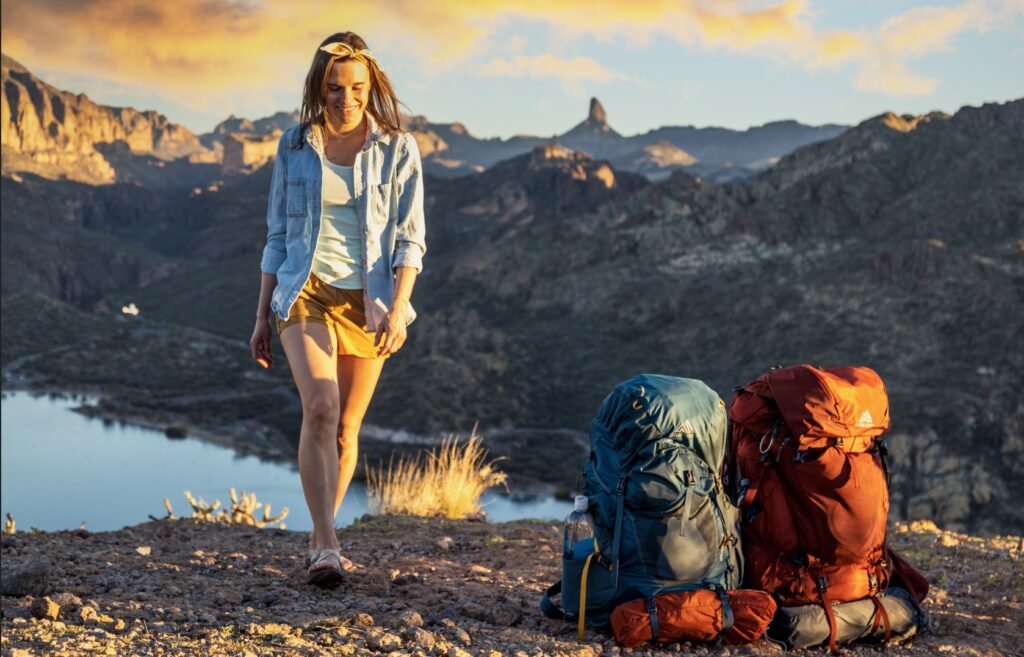
The Gear You Need, at a Price You Want
It's time to ditch that old and worn-out backpack and upgrade to something that's both stylish and functional. Whether you're planning a backpacking trip, a weekend getaway, or just need a new everyday bag, Gregory has got you covered. And now, you can save big on all their products, including their best-selling Baltoro and Deva backpacks, the ultralight Focal and Facet, the versatile Border, and more.
Discount Codes to Make Your Wallet Smile
Here's the best part: all you have to do to take advantage of this offer is to use the discount codes "NICK15" and "25OFF" at checkout. Yes, it's that simple! No need to jump through hoops or solve puzzles, just enter the codes and enjoy the savings.
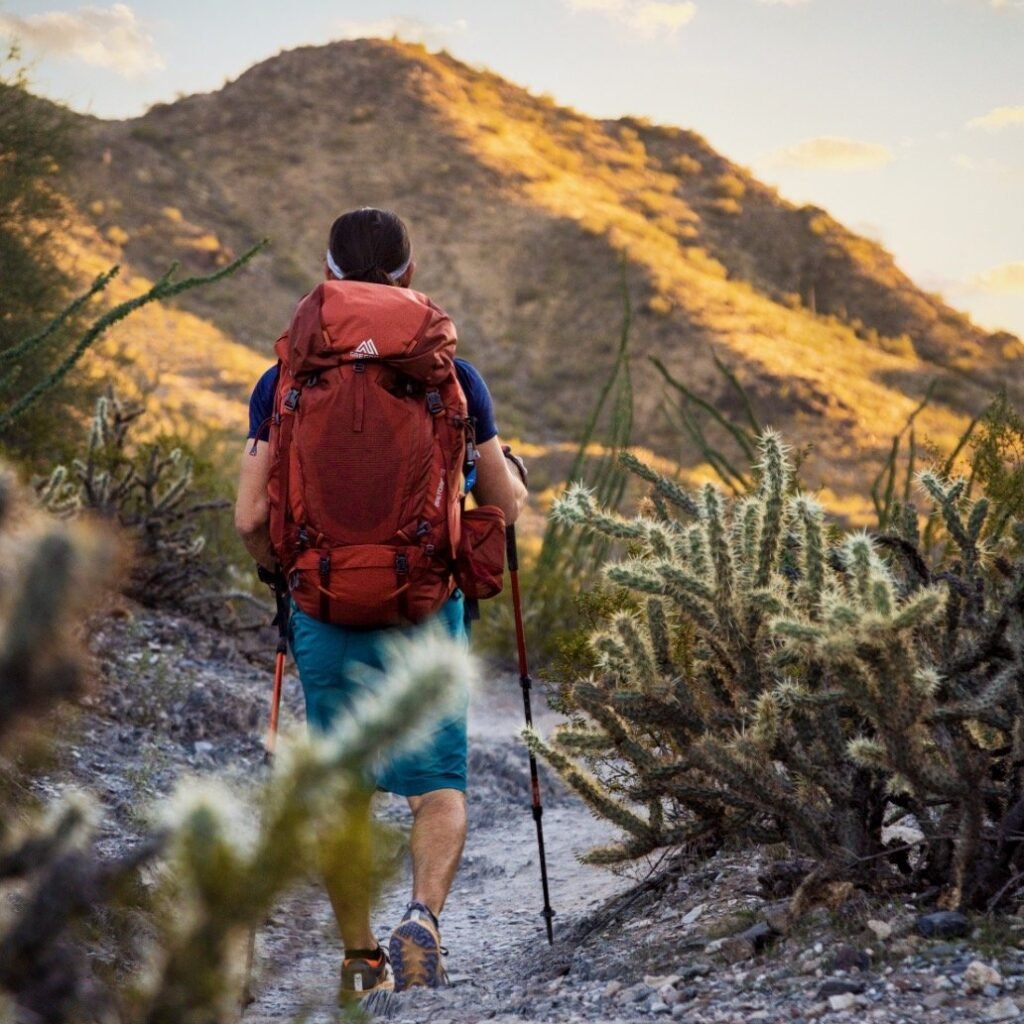
Hurry, this Gregory Deal Ends Soon!
But don't wait too long, this limited-time offer ends on February 20th, so make sure to pack your cart with all the gear you need before it's too late. Exclusions apply, but we promise, you won't regret this purchase.
So what are you waiting for? Grab your gear, save some bucks, and hit the great outdoors with confidence. And if you're not sure what to get, we've got your back! Check out our favorites, including the Supply Duffel, the Quadro and Pro travel bag, the versatile Targhee, and the alpine adventurer's must-have Alpinisto. Happy shopping!
Share to your Favorite Pinterest Board

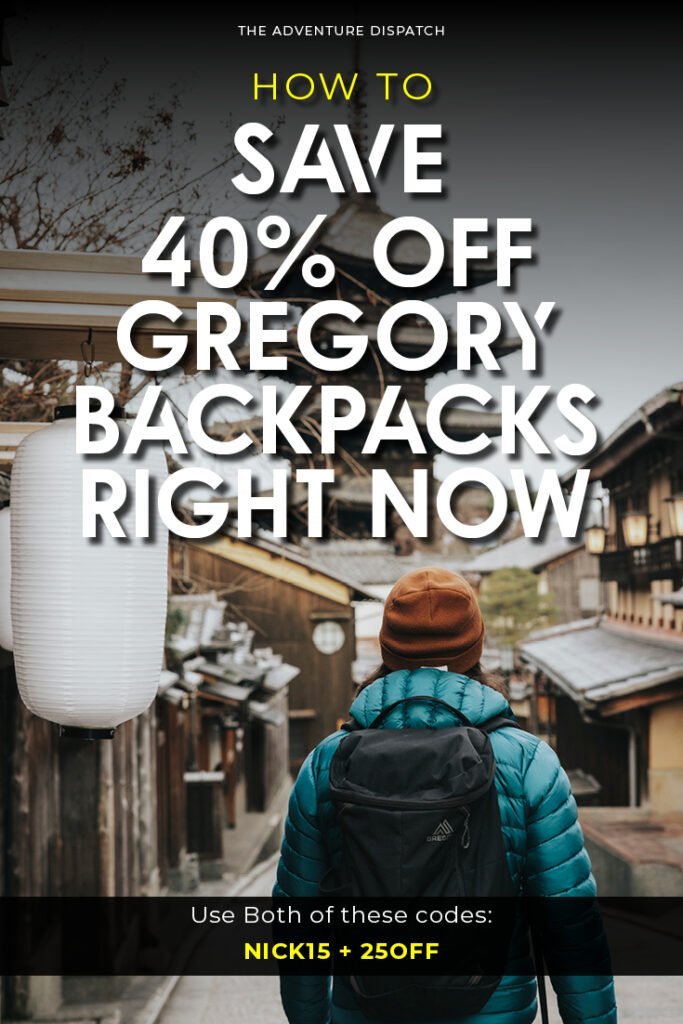

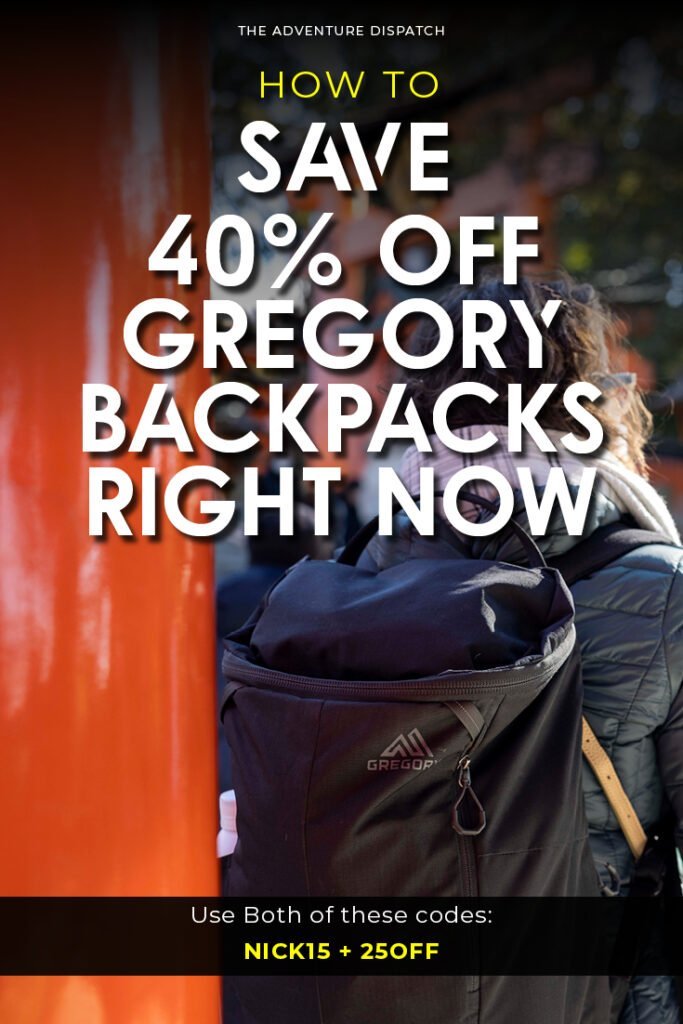
Discovering the Beauty and Adventure of Pinnacle Peak Park
Pinnacle Peak Park is a breathtaking natural park located in Scottsdale, Arizona. It offers scenic views of the surrounding desert landscape and the Sonoran Desert, making it a popular destination for outdoor enthusiasts and tourists alike. The park covers over 1,200 acres of land and features a variety of hiking trails, picnic areas, and scenic vistas.
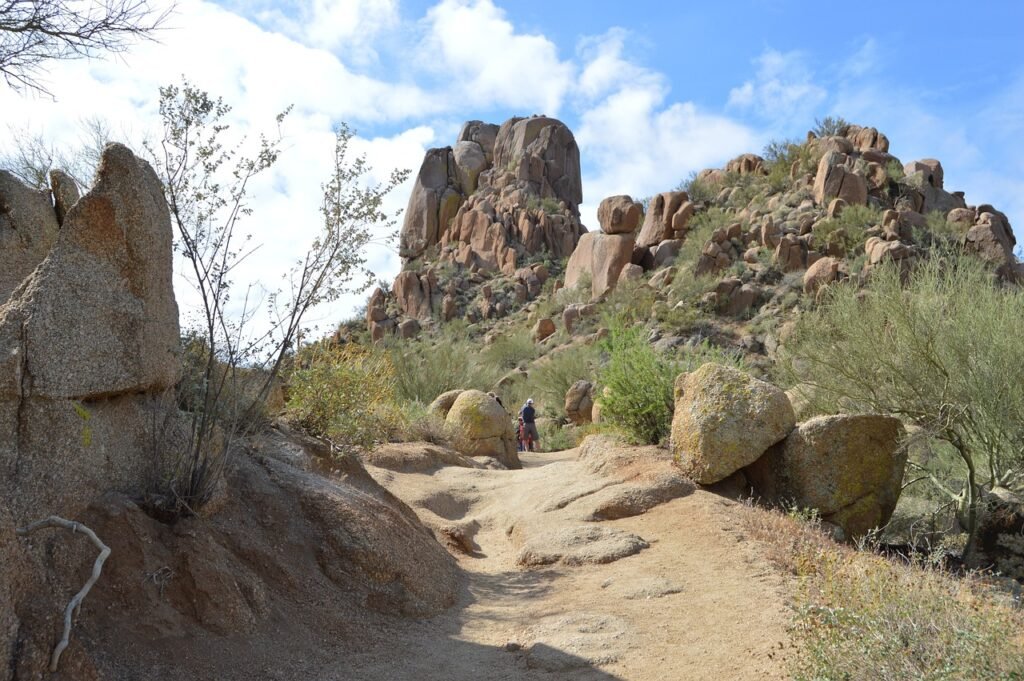
One of the most popular features of Pinnacle Peak Park is its challenging hike to the summit. The Pinnacle Peak Trail is a 2.75-mile round-trip hike that takes visitors to the top of the park's iconic peak. The trail is steep and rocky, but the views from the top are truly breathtaking. On a clear day, visitors can see for miles in every direction, including the city of Scottsdale and the McDowell Mountains. The summit is also a great spot for wildlife viewing, as a variety of animals, including coyotes, snakes, and lizards, call the park home.
In addition to hiking, Pinnacle Peak Park also offers a variety of other outdoor activities. The park is a popular destination for picnics, with several picnic areas available for visitors to use. The park also has several nature trails, including the Nature Trail and the Cactus Trail, which offer a closer look at the park's unique flora and fauna.
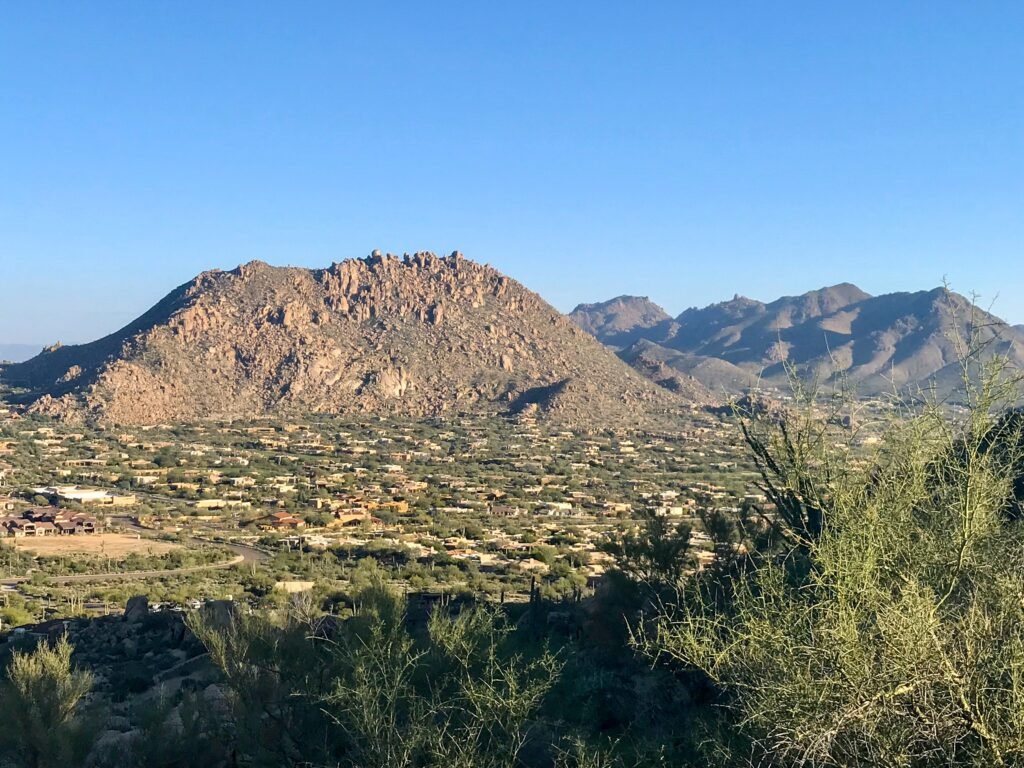
One of the most unique features of Pinnacle Peak Park is its geology. The park is home to a variety of rock formations, including large boulders and unusual rock formations. The park's geology is a result of millions of years of erosion and tectonic activity, and it provides a fascinating look into the history of the Earth. Visitors can also learn more about the park's geology by visiting the Pinnacle Peak Visitor Center, which offers educational exhibits and programs.

In conclusion, Pinnacle Peak Park is a must-visit destination for anyone looking to experience the beauty and serenity of the Sonoran Desert. Whether you're a hiker, a nature lover, or just looking for a relaxing day in the great outdoors, Pinnacle Peak Park has something to offer. With its stunning views, challenging hikes, and unique geology, the park is a true gem in the heart of Scottsdale, Arizona.
In Town for the Super Bowl LVII in Phoenix?
Phoenix, Arizona is a popular destination for tourists during the Super Bowl, and for good reason. The city is known for its warm weather and vibrant culture, making it a great place to visit during the big game. In addition to the Super Bowl festivities, there are plenty of other attractions and activities to keep visitors entertained.
If you're in town for the Super Bowl and looking for a break from the excitement, consider visiting Pinnacle Peak Park. The park is just a short drive from the city and offers a serene escape from the hustle and bustle. Take a hike to the summit of Pinnacle Peak and enjoy breathtaking views of the surrounding desert landscape, or simply relax and enjoy a picnic with friends and family. Whatever your interests, Pinnacle Peak Park is a must-visit destination for anyone visiting Phoenix during the Super Bowl.
Other Hikes to check out Nearby
Exploring the Five Best Hikes Near the Super Bowl in Phoenix
The Super Bowl is one of the biggest events in the world, and this year it is being held in Phoenix, Arizona. If you're a fan of outdoor adventures, then you're in luck! Phoenix is home to some of the most stunning hikes in the country. Here are the top 5 hikes near the Super Bowl in Phoenix.
Top 5 Hikes Near The Super Bowl
Camelback Mountain - Camelback Mountain is a popular hike for locals and visitors alike. The hike is strenuous, but the views from the summit are breathtaking. You can see the entire Phoenix valley from the top, making it the perfect place to enjoy a sunrise or sunset. The Echo Canyon Hike is 2.5 miles round trip and takes about 1.5 hours to complete.
Pinnacle Peak Park - Pinnacle Peak Park is a great hike for families and beginners. The hike is 1.75 miles round trip and takes about 1 hour to complete. The trail is well-marked and easy to follow, making it a safe and enjoyable experience for everyone. The views from the top are stunning, and you can see the entire valley below.
South Mountain Park - South Mountain Park is the largest city park in the country, covering over 16,000 acres. The park offers many different trails, making it a great place for all skill levels. The park has trails for hiking, biking, and horseback riding, making it a great place to spend the day.
Tom's Thumb Trail - Tom's Thumb Trail is a popular hike in the McDowell Sonoran Preserve. The hike is 3.75 miles round trip and takes about 2 hours to complete. The trail is strenuous, but the views from the top are worth it and you can see for miles in all directions, making it a great place for a sunrise or sunset hike.
Papago Park - Papago Park is a great place for a scenic hike. The park offers many different trails, making it a great place for all skill levels. The park has trails for hiking, biking, and horseback riding, making it a great place to spend the day. The park also has a beautiful lake, making it a great place to relax and enjoy a picnic.
Enjoy The Super Bowl and The Desert
In conclusion, Phoenix is home to some of the most stunning hikes in the country. Whether you're a beginner or an experienced hiker, there is a trail for everyone in Phoenix. So, if you're in town for the Super Bowl, take a break from the excitement and enjoy one of these beautiful hikes!
Add To Your Pinterest Board
Capturing USC's Hub Coliseum In Photos & Video
Core Spaces tasked our team with creating photographs, videos, and social media content of the Hub Coliseum Student Housing Development at USC in Los Angeles, California. This content captured the architecture and lifestyle of the development.
ABOUT THE PROJECT
Core Spaces tasked my team to produce photographs, videos, and social media content for the Hub Coliseum Student Housing Development at the University of Southern California in Los Angeles. The assignment involved capturing both architectural and engaging lifestyle imagery and video content.
Client: Core Spaces
Project: HUB Coliseum
Photographer: Nicholas Tortajada + Kevin Kaminski
Date: Nov 2022
The Vibrant Arts Scene of Los Angeles Captured in a Photoshoot
The photoshoot for Core Spaces’ Hub Coliseum in Los Angeles, California was a vibrant, artistic experience that showcased the beauty and culture of this amazing city. We were able to capture the vibrancy of the arts in LA, from the unique and colorful personalities to the eclectic energy of the USC campus nearby. Through our photoshoot, we feel as though we truly captured the essence of the vibrant art and vibe of Los Angeles.
The location - USC and the Coliseum
We recently had the pleasure of photographing and filming the Hub Coliseum in Los Angeles, California. Located just steps away from the University of Southern California (USC) campus, the Hub Coliseum is an urban living experience that blends modern luxury with convenience.
This luxurious complex is located conveniently near the iconic Los Angeles Memorial Coliseum, a celebrated venue for athletic events, entertainment, and other large-scale happenings. Despite the energy of its vibrant surroundings, Hub Coliseum offers a tranquil retreat. It’s perfect for those seeking a respite from their busy lives while still enjoying all that Los Angeles has to offer.
By bringing this location to life through photography, we were able to truly capture the essence of the city of Los Angeles. The USC campus and the iconic Coliseum provided us with a backdrop to show off the vibrancy of the city, as well as the beauty of Hub Coliseum. It was amazing to be so close to two of the city’s most iconic landmarks and see how they influenced our photographs.
How we captured that in our photography
Our goal was to capture the vibrancy and arts of Los Angeles and the USC lifestyle in a single photoshoot. To do this, we utilized real students and residents of the HUB Coliseum. We wanted to be sure that we got an authentic portrayal of the city, so we gave our talent very loose directions to allow them to be themselves and have fun.
The result was a stunningly vibrant collection of photos and videos that showed off the beauty and diversity of Los Angeles and all the amenities the Hub has to offer. The colors were bright and vivid, and the people in the photos had a genuine sense of joy.
The amenities of Hub Coliseum
Hub Coliseum offers world-class amenities that provide a luxurious living experience. Its rooftop terrace is outfitted with an inviting pool and lounge area, perfect for hosting parties or enjoying some peace and quiet. The building also includes a state-of-the-art fitness center with a variety of exercise machines, classes, and other amenities to keep you in shape.
Each apartment within Hub Coliseum is designed with designer elements and high-tech solutions. This includes modern appliances and fixtures that make everyday life easier and more enjoyable. In addition, the property has a range of safety features and services, such as access control and 24/7 security cameras. All of this combined makes Hub Coliseum the perfect place to call home in the vibrant city of Los Angeles.
The final product
Our team was thrilled to have the opportunity to create a photoshoot for Core Spaces' Hub Coliseum in Los Angeles. We wanted to capture the vibrancy and culture of the city, and we believe we achieved that in our final product.
The USC campus served as the perfect backdrop for our photoshoot, as it is conveniently located near the Hub Coliseum. We were able to take advantage of the university's vibrant architecture and other features.
The Hub Coliseum has a variety of amenities to offer, from their 24/7 fitness center to the spacious outdoor lounge areas. We used these features to highlight the lifestyle aspect of living at the Hub, emphasizing how much life and fun can be experienced by living in this area.
The end result was an amazing photoshoot that Core Spaces was extremely happy with. Our images were able to portray the energy and culture of Los Angeles, while also highlighting the amenities that the Hub Coliseum offers. We are very proud of what we accomplished, and are excited to see what other projects may come our way in the future!
5 Adventures in Phoenix during the Winter
Spending winter in Phoenix, Arizona is a great experience with its warm climate and wide range of outdoor activities to do.
Here are five amazing adventures to take in Phoenix during the winter:
Hiking - Take advantage of the moderate winter temperatures and explore some of the best trails in the area. Hike through McDowell Mountain Regional Park or along the shoreline of Tempe Town Lake for beautiful views and breathtaking nature.
Horseback Riding - Hop on horseback for an unforgettable ride across one of the nearby desert trails, with stunning views all around you. Spend an afternoon exploring South Mountain Park or embark on a sunrise ride around the Apache Trail Monument Valley.
Rock Climbing - Challenge yourself to some rock climbing at Papago Park’s Sandstone Quarry or Black Canyon National Park and feel like you’re soaring high above the valley floor!
Golfing - Get some practice in before spring golf season by hitting up one of Phoenix’s premier golf courses like Encanto 18, where you can challenge your skills and work on perfecting your game!
Off-Roading - Explore Phoenix's desert terrain on a guided ATV tour! Experience sand dunes, winding trails, and stunning red rock formations all while having a wild time!
Explore the world: Hike and Hotel Series. Unique adventures, special stays.
With a hike and hotel vacation, you'll get the best of both worlds: a unique outdoor experience and a one-of-a-kind hotel stay.
Welcome to the Hike and Hotel Series, where you can discover the perfect pairing of some of the best hikes around with unique hotel experiences. Looking for an adventure getaway or a leisurely staycation, we have got you covered. Each selection has been hand-picked and researched to provide only the most exceptional experiences that combine great hiking trails and incredible hotels. Explore this collection and let your wanderlust guide you on your next journey!
Hike and Hotel: The Perfect Pairing
Do you love to explore nature, but also enjoy the comfort of a good hotel? Then Hike and Hotel is the perfect pairing for you! Here you can find some of the best hikes from around the world, each one hand-picked and researched to provide an exceptional experience. With Hike and Hotel, you can combine the thrill of hiking with the comfort of a luxurious hotel stay. So, if you’re looking for an unforgettable adventure, look no further than Hike and Hotel!
Why hike and hotel?
Combining the thrill of an adventure with the comforts of a luxurious hotel stay, a hike and hotel getaway is the perfect way to experience a destination. Hiking is a great way to explore the outdoors, discovering paths and sights that are off the beaten track. You can truly immerse yourself in the culture and environment of your destination, getting some dirt on your soles and discovering the true character of the area. After a day spent exploring, you can treat yourself to a spa visit or simply relax in a luxurious hotel room. With a hike and hotel vacation, you'll get the best of both worlds: a unique outdoor experience and a one-of-a-kind hotel stay.
What to look for in a hike and hotel getaway
When planning the perfect getaway, combining a hike with a hotel can be an unforgettable experience. There are several things to consider when searching for the best hike and hotel combo.
First, you want to consider the destination. You should look for hikes in places that you’ve always wanted to explore. Maybe it’s a mountain region or a beach town. Wherever you choose, make sure the hike will be rewarding and that the hotel has all the amenities you want and need.
Next, think about the type of vacation you want to have. Do you prefer rustic outdoor adventures or something a bit more luxurious? Make sure your hike and hotel selection complements each other and fits your desired budget.
Finally, research what other activities are available in the area. Whether it’s kayaking or fishing, shopping or sightseeing, you want to make sure there is plenty to do when you’re not hitting the trails.
Ultimately, choosing a hike and hotel getaway is about creating a memorable experience. With careful consideration and research, you’ll find the perfect pairing for your staycation!
Our top picks
Fairmont Princess and Pinnacle Peak, North Scottsdale: Located in the beautiful Sonoran Desert, this pair of world-class destinations offers a memorable getaway for hiking and relaxation. At the luxurious Fairmont Princess, you can spend your days lounging by the pool or exploring the trails in nearby Pinnacle Peak Park. The peak itself is an ideal destination for those looking for a challenging yet rewarding day of hiking. The 4.3 mile loop around the summit provides spectacular views of the surrounding desert and plenty of opportunities to spot wildlife.
Ojo Caliente & Taos Spa Resort and Wheeler Peak: Combining the healing powers of natural hot springs with some of the best hiking in New Mexico, this pair is a must-visit destination. At Ojo Caliente & Taos Spa Resort, you can soak up the thermal waters and restore your energy, before heading to Wheeler Peak for a day of exploring. This 13,000 foot mountain is the highest peak in New Mexico, and the 9.4 mile loop takes you past spectacular alpine meadows and high mountain passes.
Stowe Mountain Lodge and Mount Mansfield: Nestled in the beautiful Green Mountains, this pair provides an unbeatable combination of outdoor recreation and luxury accommodations. Start your day at the 5-star Stowe Mountain Lodge, where you can enjoy a leisurely breakfast before taking on the trails of Mount Mansfield. The 4.3 mile hike up the main ridge is suitable for most fitness levels, and rewards hikers with stunning views of Vermont’s highest peak.
No matter what your hiking goals are, these incredible pairings offer something for everyone. From challenging summits to relaxing spa getaways, you can enjoy the perfect combination of hiking and hotel experiences.
Review of the Quad Lock Smartphone System
In an era where smartphones have become an indispensable part of our lives, finding versatile accessories that cater to our active lifestyles is crucial. The QuadLock phone case system has emerged as a game-changer for individuals who enjoy running, cycling, and photography. This innovative smartphone mount offers a secure and convenient solution for various outdoor activities, enhancing your experience in more ways than one.
Advantages for Running
For avid runners, the QuadLock phone case system is a dream come true. Its benefits are numerous, starting with the secure attachment it provides. The QuadLock case snugly holds your smartphone, ensuring it won't budge even during the most intense sprints. This stability allows runners to focus on their stride without worrying about their phones.
One of the standout features of QuadLock is its adaptability. With various mounting options such as armbands and handlebar mounts, runners can choose the setup that suits them best. The ability to quickly switch between mounting options makes it versatile for different workout routines.
Furthermore, QuadLock's quick-release mechanism allows you to effortlessly detach your phone when needed, making it accessible for taking calls or capturing photos during your runs. This convenience ensures you never miss an important call or the opportunity to snap a scenic picture on your route.
Quadlock on road bike
Advantages for Cycling
Cyclists, both casual and professional, can also benefit significantly from the QuadLock phone case system. Safety and accessibility are paramount when cycling, and QuadLock delivers on both fronts. The handlebar mount option keeps your smartphone within easy reach, allowing you to check navigation apps, track your progress, or change your music without taking your hands off the handlebars.
Moreover, the QuadLock case provides ample protection for your smartphone. Cycling can be rough on your device due to vibrations and potential falls, but the QuadLock case is designed to absorb shocks and impacts effectively, ensuring your phone remains intact. I talk about all the gear I use when Mountain Biking here.
Photography Advantages
QuadLock isn't just for athletes; it's also a boon for photography enthusiasts. The stability and versatility it offers make it an ideal tool for capturing stunning photos and videos. Whether you're hiking up a mountain or exploring a new city, QuadLock ensures your phone stays securely mounted, eliminating the risk of drops.
Additionally, QuadLock's compatibility with a wide range of accessories, such as tripods and selfie sticks, enables you to get creative with your shots. You can set up your phone at various angles and heights, allowing for unique perspectives that would be challenging to achieve otherwise.
Conclusion
In conclusion, the QuadLock phone case system is a must-have accessory for individuals who are passionate about running, cycling, and photography. Its advantages are abundant, from the secure attachment that ensures your phone stays in place during rigorous activities to the adaptability that caters to various needs and preferences.
Whether you're a dedicated runner, an avid cyclist, or a budding photographer, QuadLock enhances your experience by providing safety, accessibility, and versatility. Say goodbye to worrying about your phone while on the move and hello to a world of possibilities with QuadLock. This innovative system is a game-changer that will undoubtedly elevate your active lifestyle and help you capture moments like never before.
Cyber Monday Deals
A lot of these sales are TODAY ONLY or end today, so I wanted to get these all listed in one single spot to make it easy for everyone to browse through.
Sorry, I know. Just like you, my inbox is getting hammer-b-slammered with Black Monday/ Cyber Monday Deals. I'm not going to send you another one, but instead, just list out my favorite deals - most of which I am spending all my dang money on myself. In full transperancy, I am an affiliate with many of these brands and do receive a small commission on purchases. However, I only promote brands and products I actually use and support. Also, I am not an affiliate for some of these brands, such as Quadlock, but absolutely love their gear.
Gregory Backpacks - You get to double down on your savings here!!! Take 25% off select packs with code: THANKS and then get an additional 15% off using code NICK15. See promotion details for more information. Promotion ends 11/28. click here
Front Runner Outfitters - My entire rig is outfitted by FRO and it's the jammy jam. The have a ton of "Get a Free THING with a purchase of this THING" kind of deals going on. click here
My Camera Gear - I put together a list of every single piece of camera gear I use and dropped it into an Amazon Store. For the most part, Amazon has matched any BF/CM deals I have seen by the direct manufacturer. click here
Peak Design - I use their camera backpacks, camera cubes, and travel tripod plus some accessories. click here
REI Cyber Monday Deals - Most items are on sale through Dec 5, but a few deals are available TODAY only. Also, REI members also get an extra 25% off one Outlet item using the code OUTNOV22 - but this code ends TODAY (11/28). click here
Caldera + Lab - These products have made me adopt a self-care routine and I love it. I use the Regimen and the new eye serum. Save 30% Sitewide right now. click here
Aventon E-Bikes - Save $200 off all E-bikes. I have the Adventure Step-Through and it's a beast. click here
IMG_2516
buklak_gregory_3d_hydro_3l_reservoir_ii_optic_blue_1578478540_b438
cropped-H4A5065@0.25x_FRO.jpg
_H4A2097_ad_1
DSC05946_1-min
cropped-E50A9729-1_nemo_edit-scaled-1.jpg
Awesome Camera Gear Cyber Monday Deals 2022
I am sending this out now because many of these items are at their lowest prices you will ever see them out thanks to Black Friday and Cyber Monday Deals.
I have listed out every single piece of gear that goes into my camera bag on all of my adventures and you can find (most of) them all-in-one place at my Amazon Storefront. The Peak Design gear is best purchased directly from them using the links below.
(This post contains affiliate links. If you use these links to buy something we may earn a commission. Thanks!)

What’s in My Bag?!
Canon EOS R5 - The best body I have ever used for photo and video. For the professional image-maker who needs resolution, speed, and video capabilities.
Canon RF 70-200mm f2.8 - My absolute favorite lens. Canon's lightest and shortest 70-200mm f/2.8 lens ever.
Canon RF 24-70mm f2.8 - When I only get to take one lens, this is my go-to! A versatile wide-angle to portrait-length lens characterized by its bright, advanced, and intuitive design.
Canon EF 16-35mm f2.8 USM III - A workhorse wide-angle zoom and member of the well-regarded L-series of lenses.
Lowepro Whistler RL 400 AW II - A rugged rolling camera case that can comfortably and securely carry your mobile photo studio while meeting carry-on requirements for most international and US airlines.
The Peak Design Everyday 20L Bag - An iconic, award-winning pack for everyday and photo carry, the newly revamped Everyday Backpack is built around access, organization, expansion, and protection.
Peak Design Travel Backpack 45L - A rugged, expandable, and brilliantly accessible carry-on travel backpack driven by a simple truth: no two trips are the same.
Peak Design Small Camera Cube - Ultra-protective yet easily accessible, Peak Design Camera Cubes take the pain and hassle out of traveling with photo, video, or drone gear
Peak Design Medium Camera Cube - Same as above - just bigger
Manfrotto Carbon Fiber 4-Section Tripod – A load capacity of 19.8 lb and extends from 3.5" to 66.9"
Arca Swiss D4 Geared Tripod Head – Love the small footprint and ultra smooth and precise features. Combines the advantages of a spherical head and a 3D tilt head in one compact system
Peak Design Carbon Fiber Travel Tripod – Radically faster to setup and takedown, our tripod features ergonomic adjustment points, built-in mobile compatibility, and thoughtful details at every turn
DJI Mavic Pro 2 Fly More Combo – Not the newest or smallest but an absolute workhorse with amazing results.
Apple iPad Pro – I use this to view the Camranger Miniwhen on -site but also for big screen viewing on the plane!
GoPro Hero 10 Black – I usually have a GoPro within arms reach at all times. They are truly the most versatile action camera on the market.
SmallRig Super Camera Clamp Mount - This thing is so cool It can grab onto anything you need it to. I fix my Quadlock iPhone tripod attachment and use this to film most of my reels.
Quadlock iPhone Case and Mount - I have the entire setup - cycling, motorcycle, phone, car - it’s the jam.
URTH 82mm Filter Set – I love their innovative storage solution. It helps me to keep my filters clean and free of scratches.
CamRanger Mini – I couldn’t do my hotel shoots without using a CamRanger. Especially when working with an outside creative director or stylist.
Lume Cube LED Panel – Smaller than my phone, this light packs a punch and is such an amazing tool to pop some light onto your subject. Especially in tighter compositions such as f&B.
Godox AD200 Pro with Trigger – Love these flashes. The recycle period is quick enough to use for lifestyle and they throw out a ton of light.
SmallRig Black Mamba Cage for R5 with top handle – I use this for my handheld video work and it’s rock solid.
5-in1 48-inch Neewer Reflector Kit - Just straight up a necessity in any photographer’s kit. Always a use for a reflector or scrim.
My camera gear closet is always growing as I am constantly switching out or testing new gear. But that's part of being a creative - pushing the boundaries - finding new angles. Maybe you can relate. How do you define photography or the art of what it is that we do? For my answer, check out So What The F*ck is Photography Anyway?
The Best Hike and Hotel in Scottsdale
The first installment of our Hike and Hotel Series takes place in the sunny valley of Scottsdale, Arizona. The Hike and Hotel series is a collection of the best hotels that are close to our favorite hikes around the world. We put together the top picks for food, drinks, hikes, lodging and so much more.
From the stirring beauty of the lush Sonoran Desert to ultra-luxury resorts, chef-driven restaurants, and exciting activities and attractions, Scottsdale is bursting at the seams with the makings of a memorable getaway. What's even better? It's surrounded by some of the most unique and incredible hikes in the Southwest.
Where to Stay in Scottsdale
Iconic in nature, unrivaled in service. Capture the moment as well as the imagination at Arizona's premier luxury resort destination The Phoenician, a Luxury Collection Resort by Marriott.

About the Phoenician Resort
The Phoenician is a 250-acre luxury resort and convention facility in Phoenix and Old Town Scottsdale. It is located at the base of Camelback Mountain. This Arizona landmark had a luxurious makeover thanks to a three-year, $90 million refurbishment that included the pool area, lobby, and all 643 guest rooms (including casitas and suites). There are seven tennis courts, an amazing spa with a rooftop pool, and a restaurant and bar complex with 18 holes of golf. The kids will have a blast at this resort thanks to the water play area, water slide, kids' club, and game room, but adults will appreciate that they won't feel crowded out.

What's the best hike in Scottsdale?
Our favorite hike is one of two trails that weave their way up the "spine" of Camelback Mountain. Part of the Phoenix Mountains Preserve, Camelback gets its name from its two rock formations that resemble the head and back of a kneeling camel. The most popular trail is on the west side of the mountain called Echo Canyon Trail. If you have time, definitely check this hike out as well.
However, our favorite hike is located on the east side of Camelback Mountain and has just reopened after a full trailhead renovation - thanks in part to the Phoenician Resort. Cholla Trail is a fantastic hike that every visitor needs to try on their visit to Scottsdale, Arizona. It's a very challenging hike that climbs 1279 feet over the course of 1.2 miles each way. Just before the summit, the trail traverses the south side of the Camel. There are steep drop-offs and the trail is dotted with towering saguaro cacti and huge boulders. The hike terminates with a steep scramble to the top which is sure to get your adrenaline pumping.
What's New with the Cholla Trail?
One of the biggest challenges the community has faced is complaints from the neighborhood residents that surround the trailhead. The Phoenician Resort solved this issue by allowing the trail to wind through a portion of its property instead of going through the neighborhood. However, the parking situation has not changed much. There will be a section that is designated for Ride Share Apps for drop off and pick up. Most hikers will still need to arrive early and search for parking along Invergordon.
The new improvements include the removal of unstable boulders and an improved trailhead that has a bathroom, sinks, and a drinking fountain available for hikers.
What to Bring On Your Cholla Trail Hike
One of the best parts of Arizona is its weather. Well, for most of the year. For the majority of the year, the valley of the sun finds itself in sunny, warm weather. Most hikers wear athletic shorts and a moisture-wicking short sleeve shirt with some sturdy hiking boots on this trail. For those who are comfortable in sandals, Chacos are perfectly at home on these trails. Be prepared for loose sand, boulder hopping, and sharp rocks along the Cholla Trail. For hikers either getting an early start for sunrise or staying out late to watch the sunset, it's a good idea to bring a mid-layer weight shirt. In the desert, once the sun goes down, the temps are soon to follow.
Taking in the views from the summit of Camelback Mountain
Stay Hydrated and Keep it Clean
On average, there is about one rescue every other day on this mountain. Most of the time, the main reason is due to dehydration. Since many visitors are from out of state, they aren't accustomed to the incredibly dry, arid climate of the desert. This can give someone the falls idea that they are not sweating as much. In reality, they are sweating just as much if not more, and evaporate very quickly. It is easy to get behind on your hydration, so make sure you come prepared and sip all the way through your adventure. The best solution is to bring a hydration backpack with 3L of water. it is also a good idea to throw in an electrolyte mix into your hydration bladder.
Always, always always, please, please, please practice Leave No Trace ethics in the outdoors. Our trails and outdoor spaces are precious, sensitive areas that can easily become damaged from neglect - either intentional or not. Pack in what you pack out. Stay on the trails. Leave it cleaner than you found it. Be a boss and #appreciateAZ!!
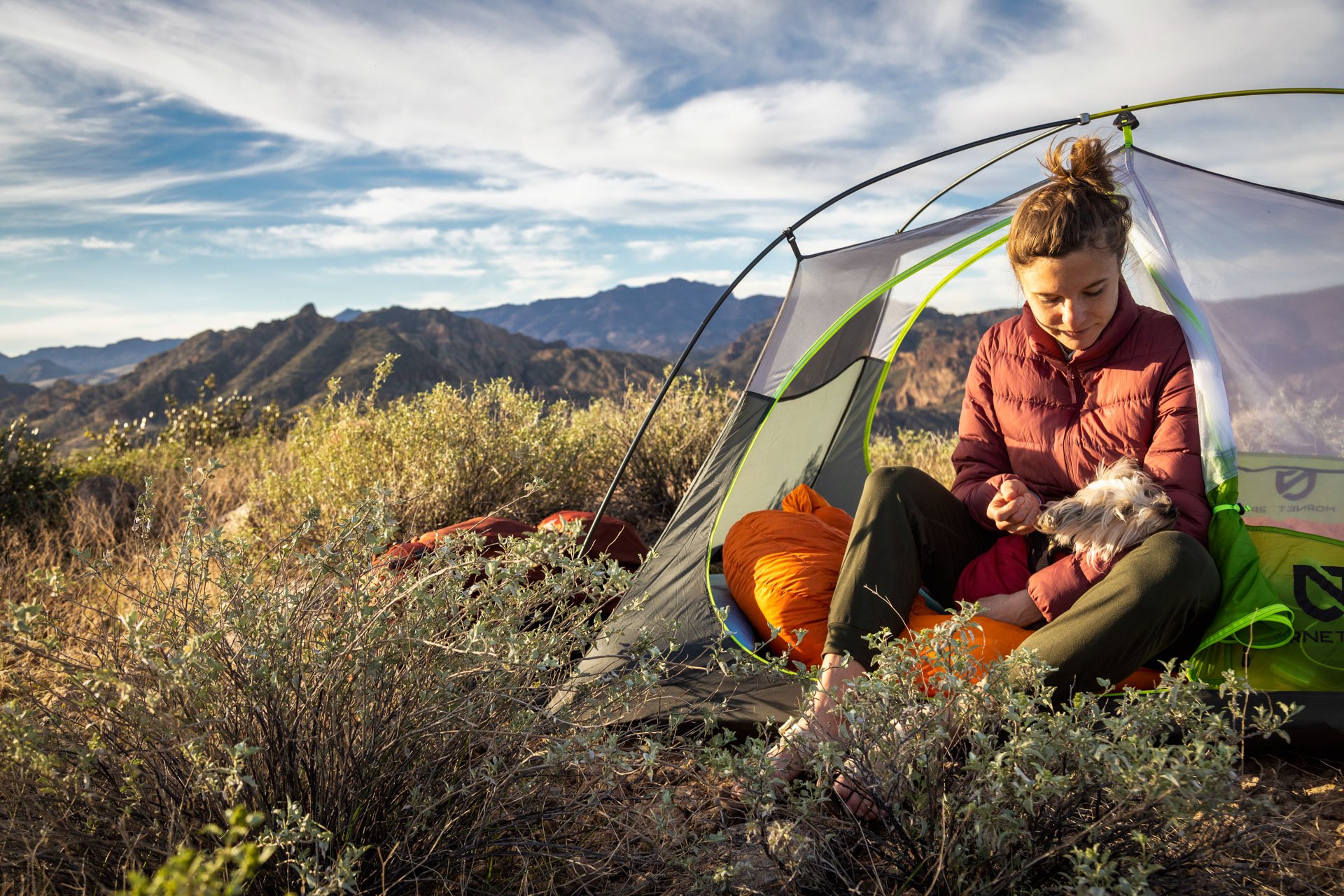
OUTDOOR
ADVENTURE
Featured Posts
HIKING
|
FLY FISHING
|
CAMPING
|
BACKPACKING
|
GEAR REVIEWS
|
HIKING | FLY FISHING | CAMPING | BACKPACKING | GEAR REVIEWS |
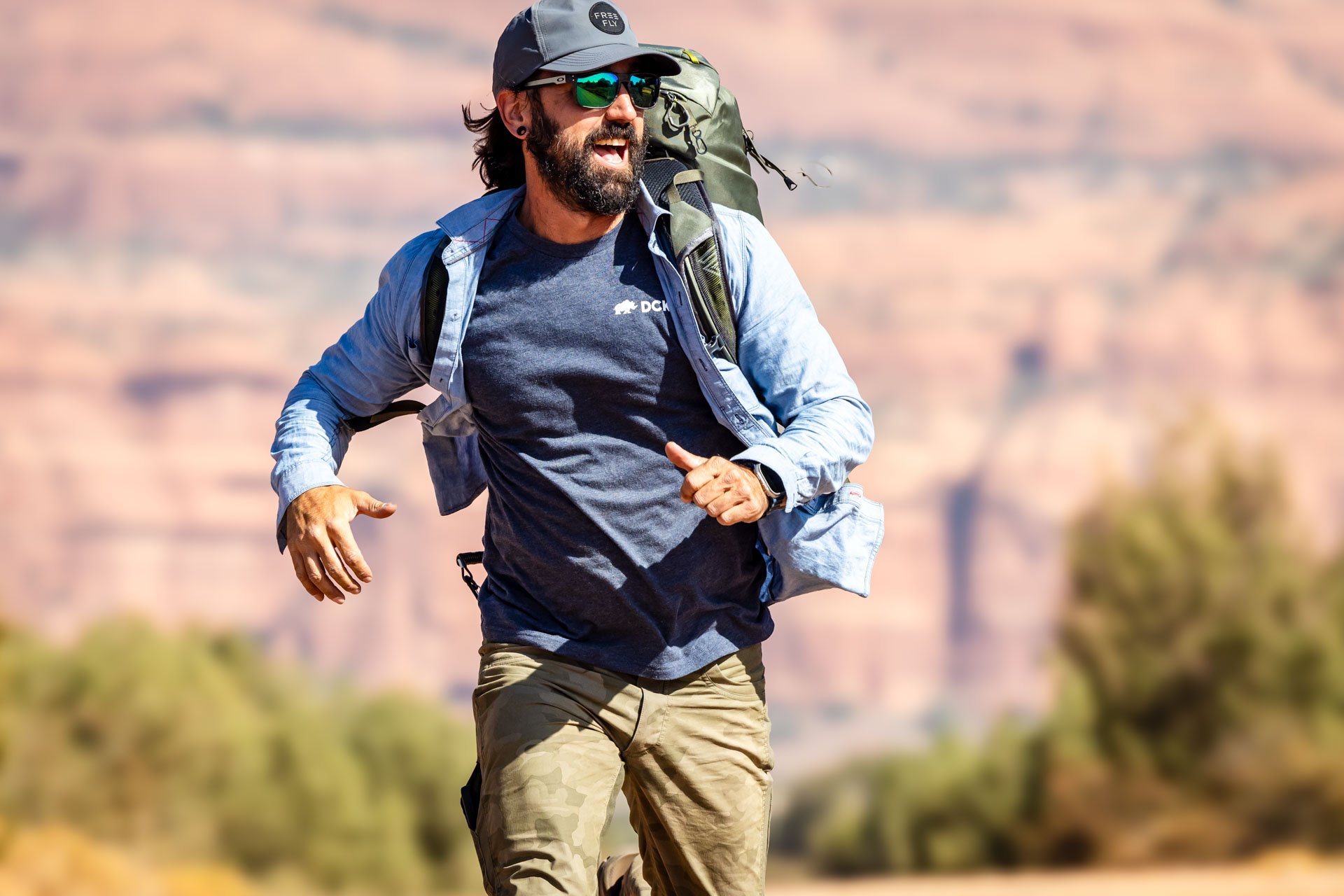
Best of
Top Clothing Brands of 2023
Discover unbeatable deals on Patagonia winter essentials at the REI Outlet sale! Get up to 40% off on jackets, parkas, and more.
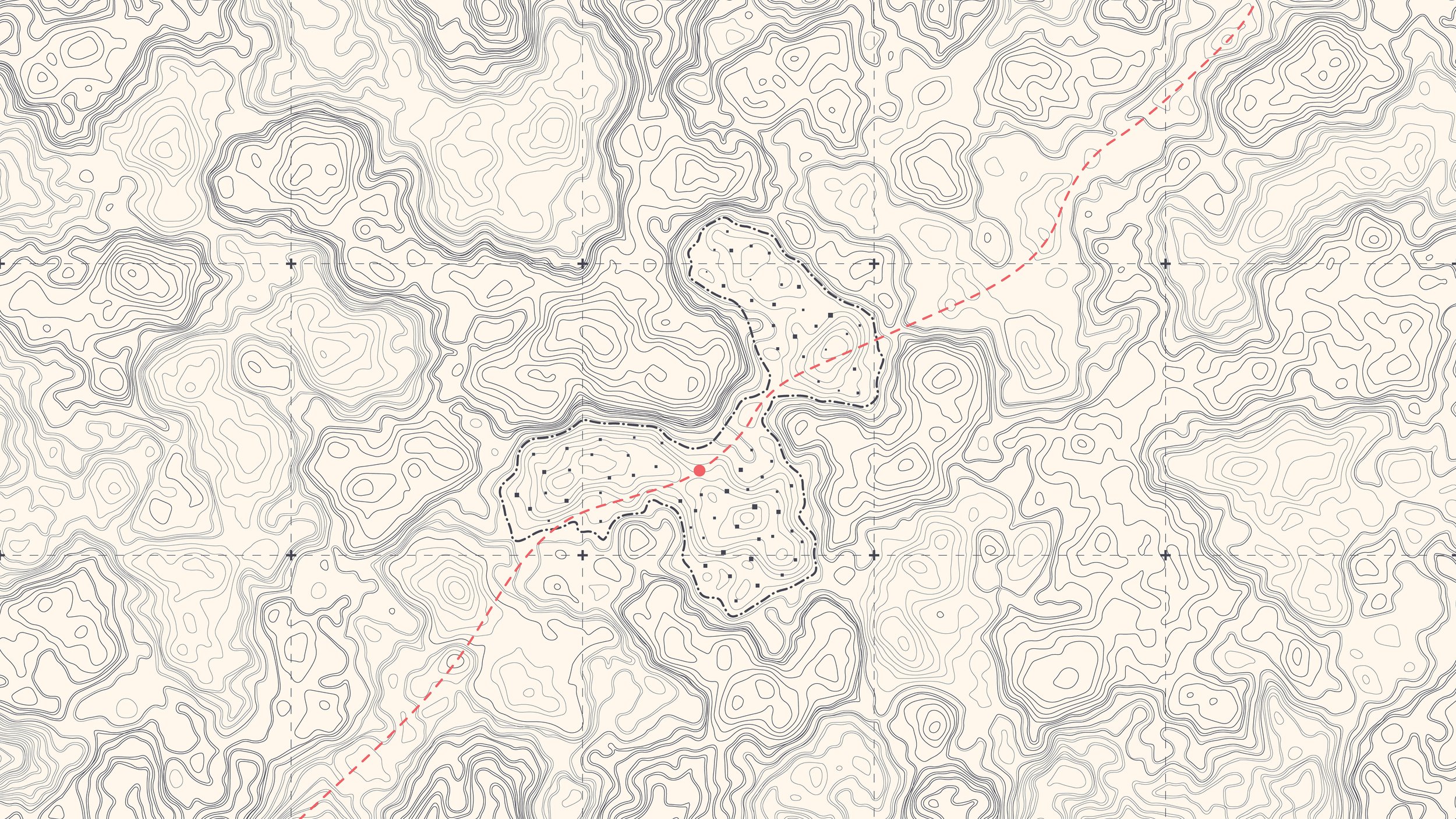
Subscribe to Our Newsletter
Sign up with your email address to receive news and updates.
Get in touch.
Just like in a hardcore round of intense pickleball, communication is key! Reach out with any questions, comments, beer recommendations, inquiries, critiques and jokes.










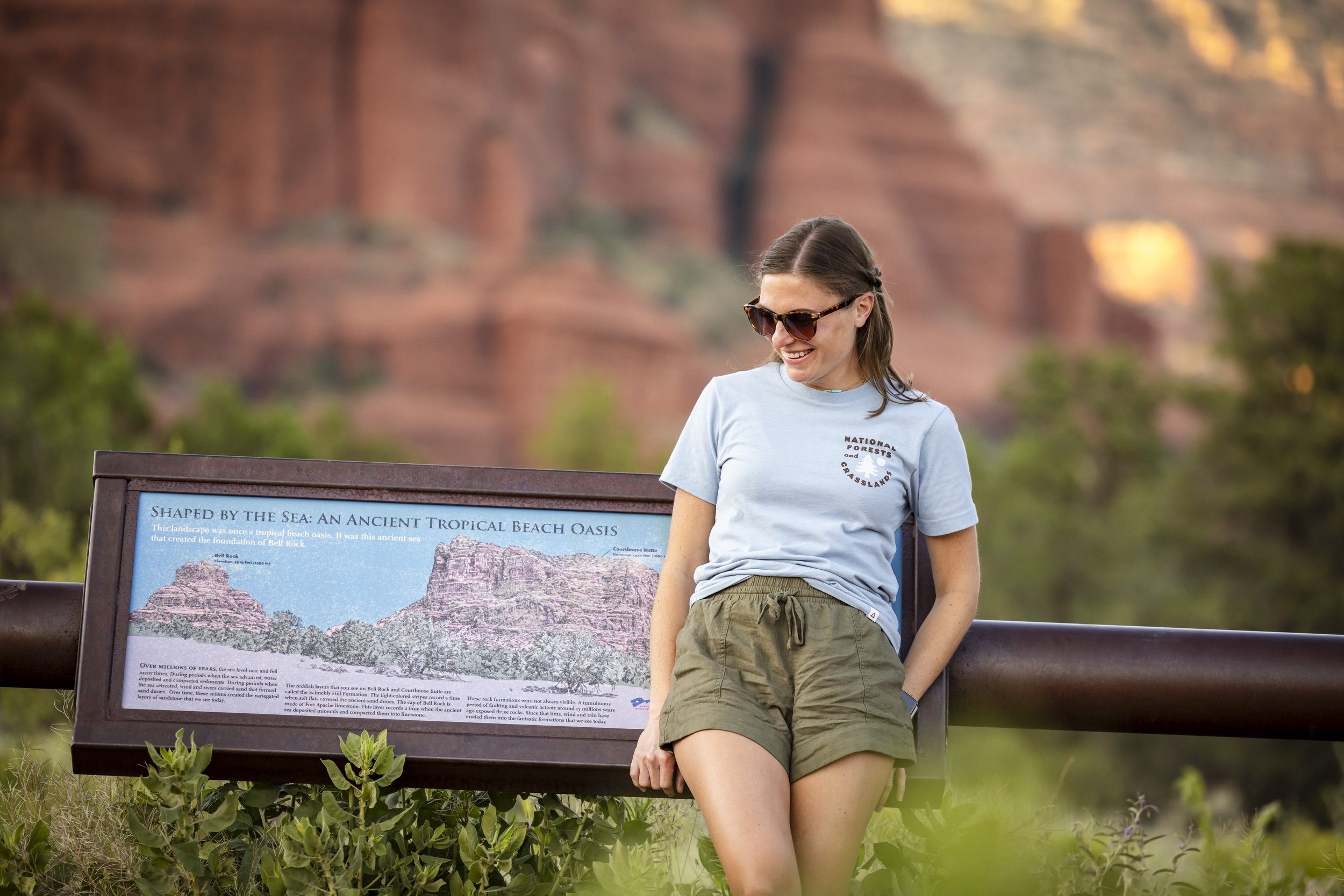

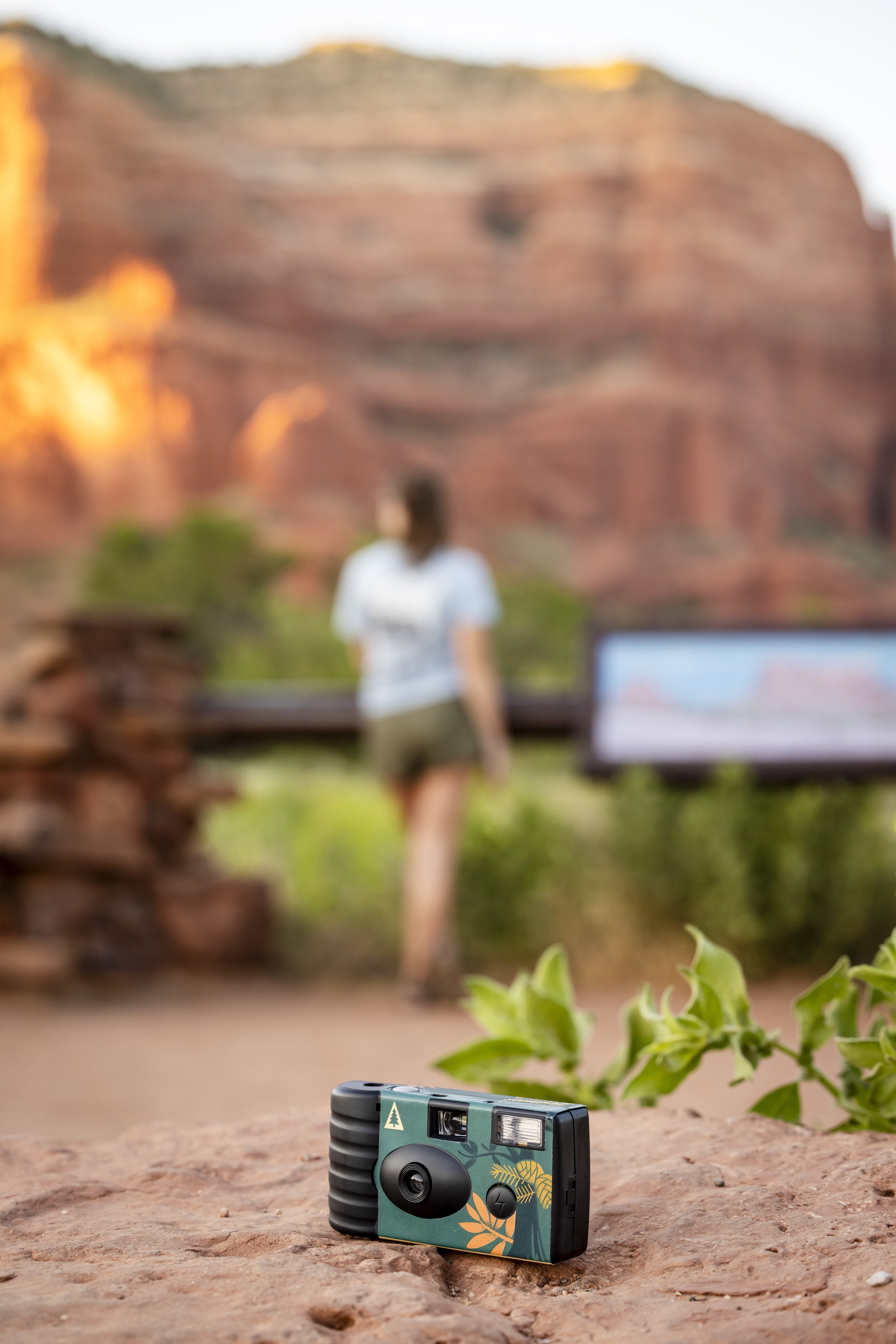

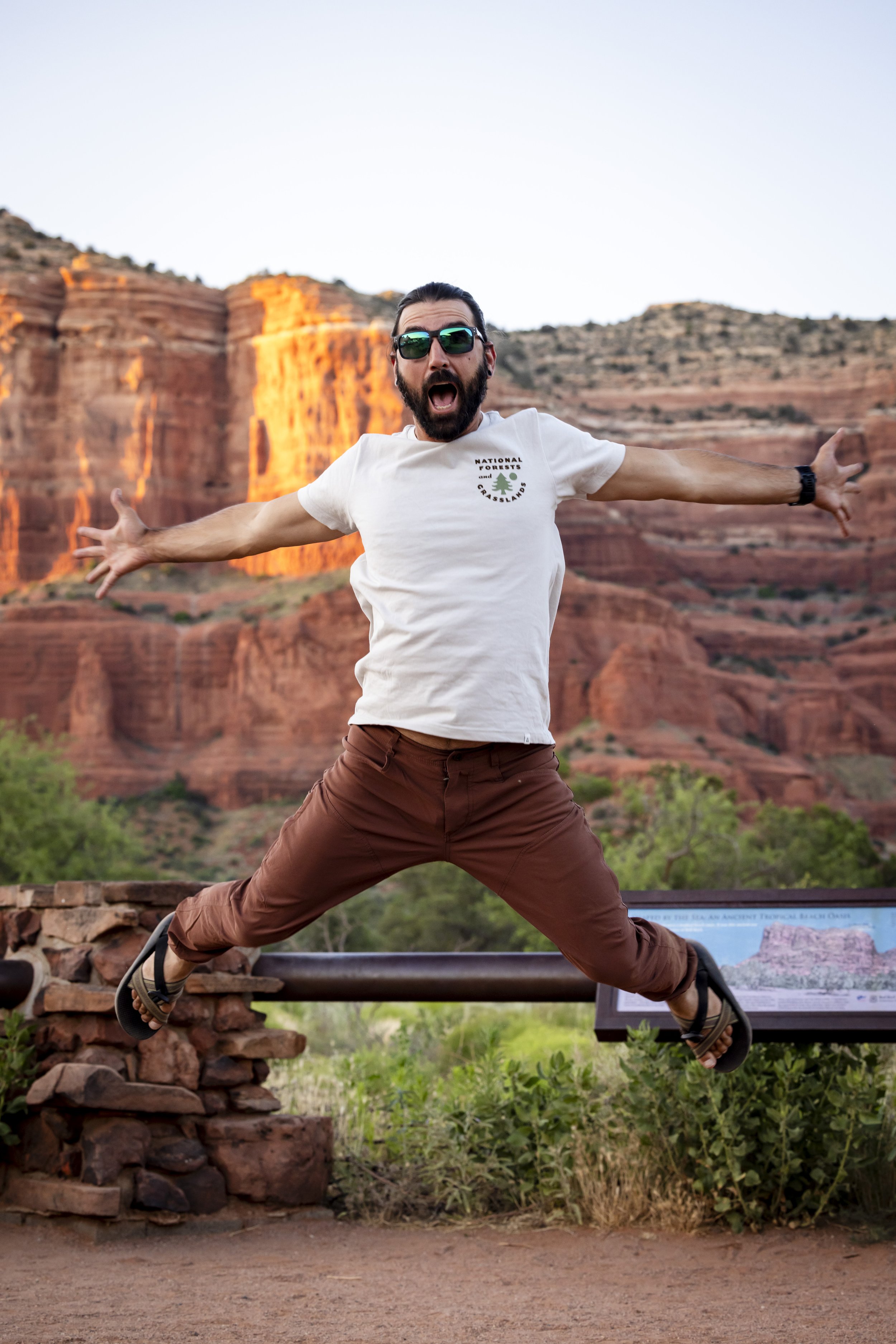






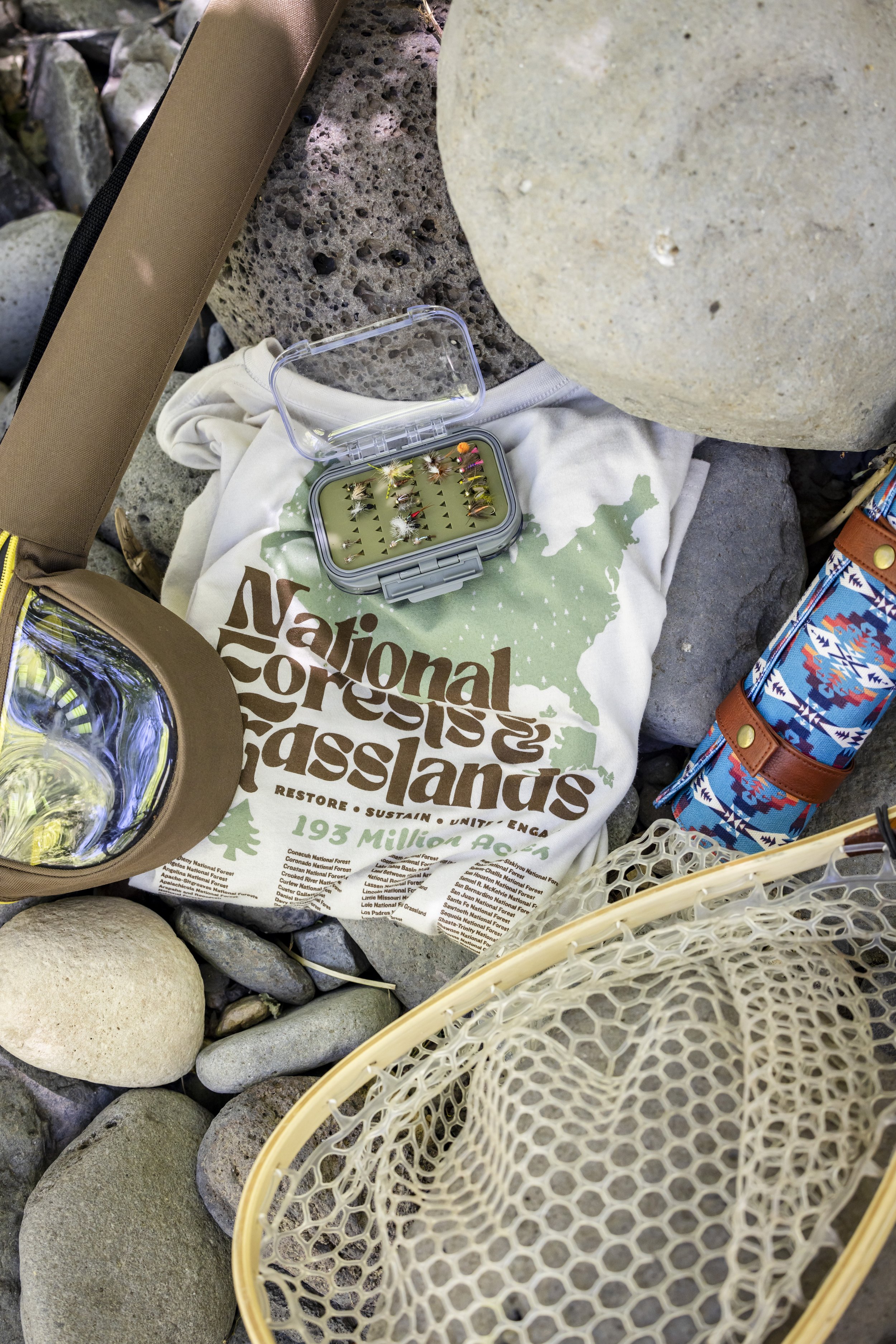
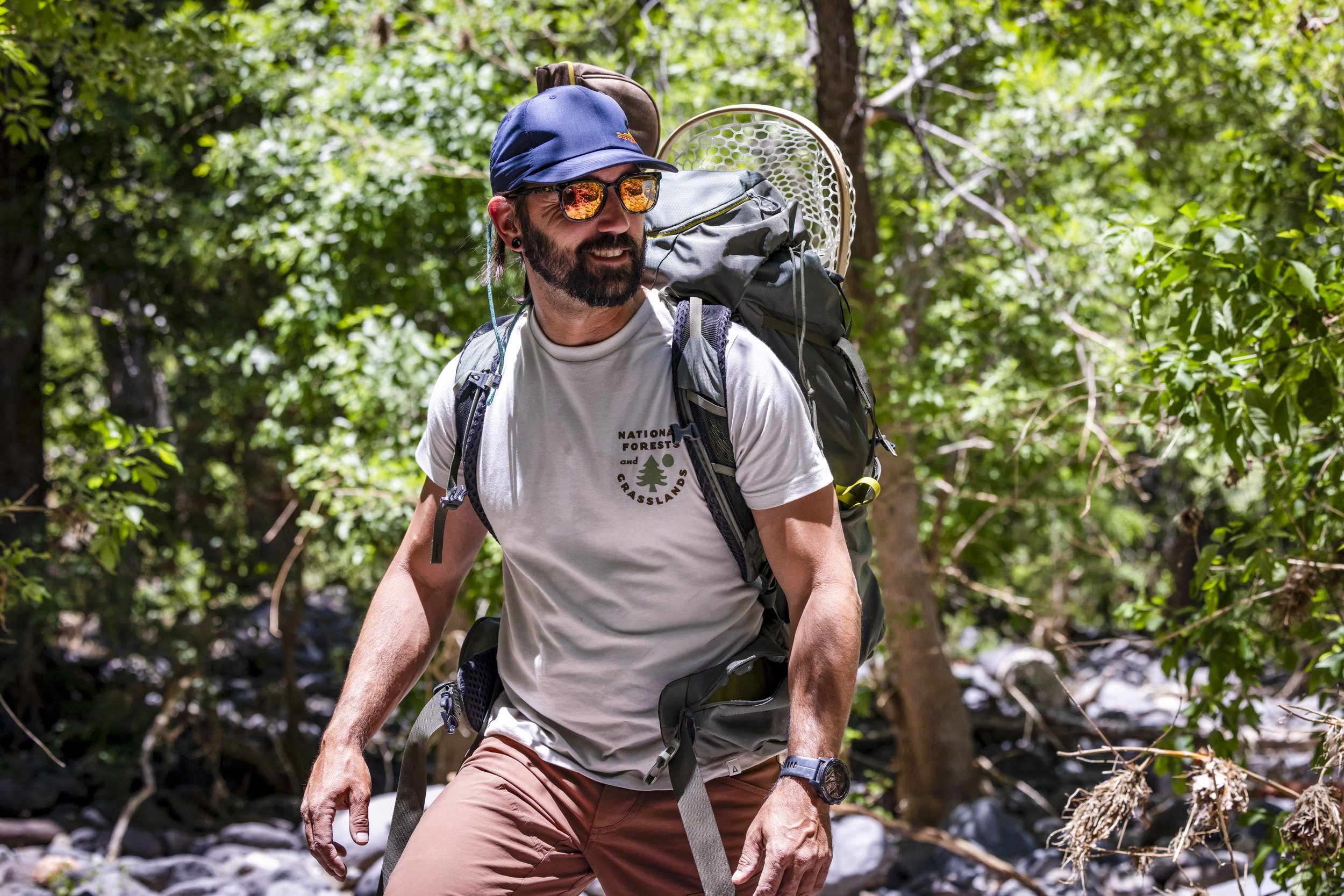






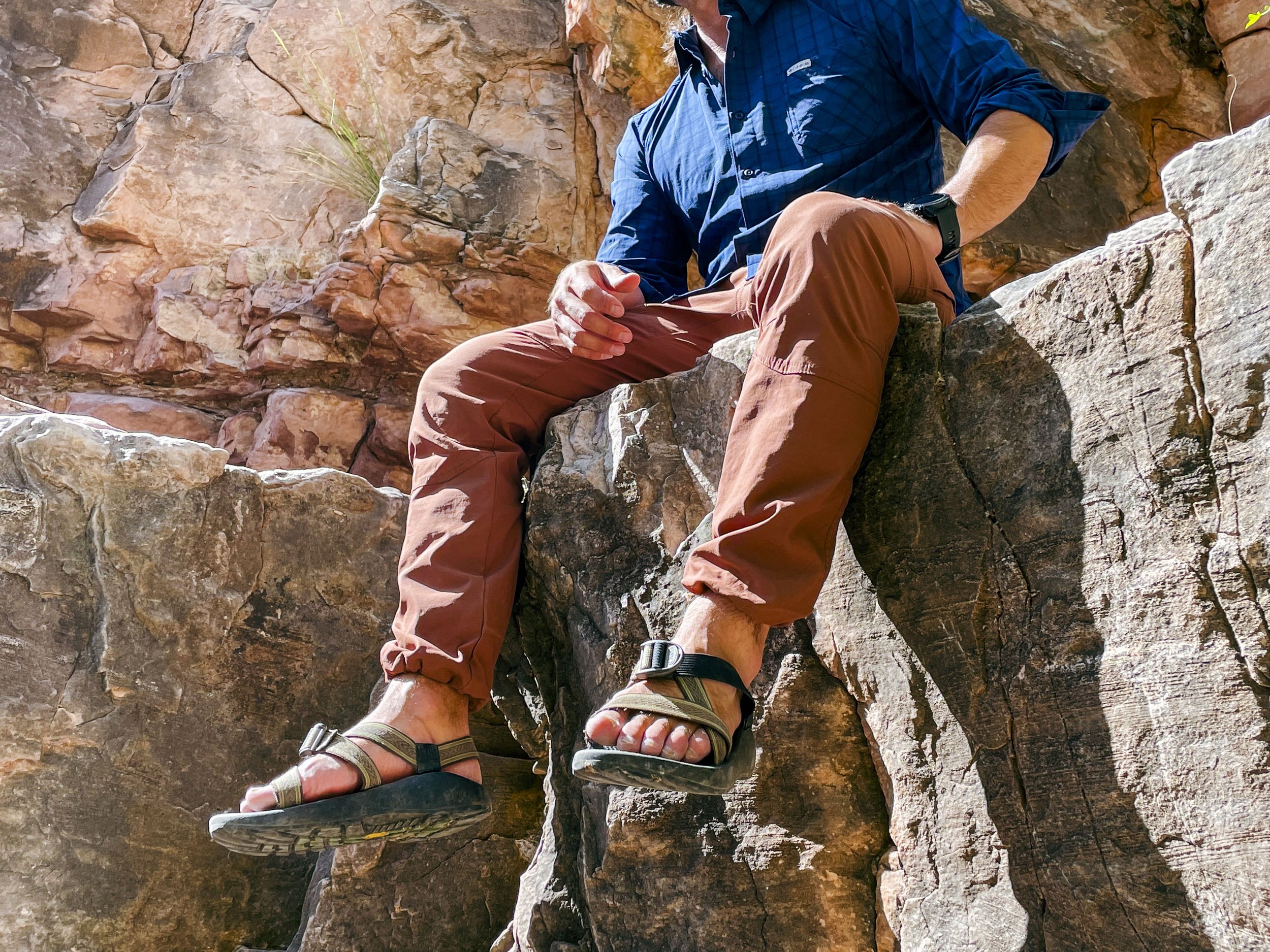






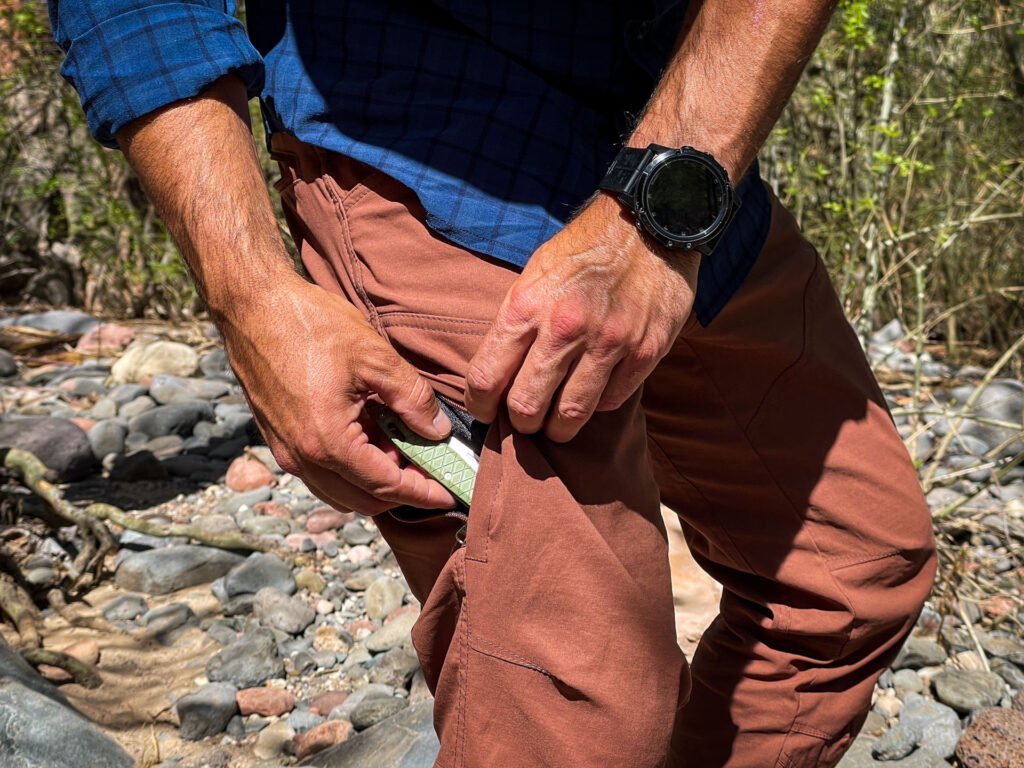
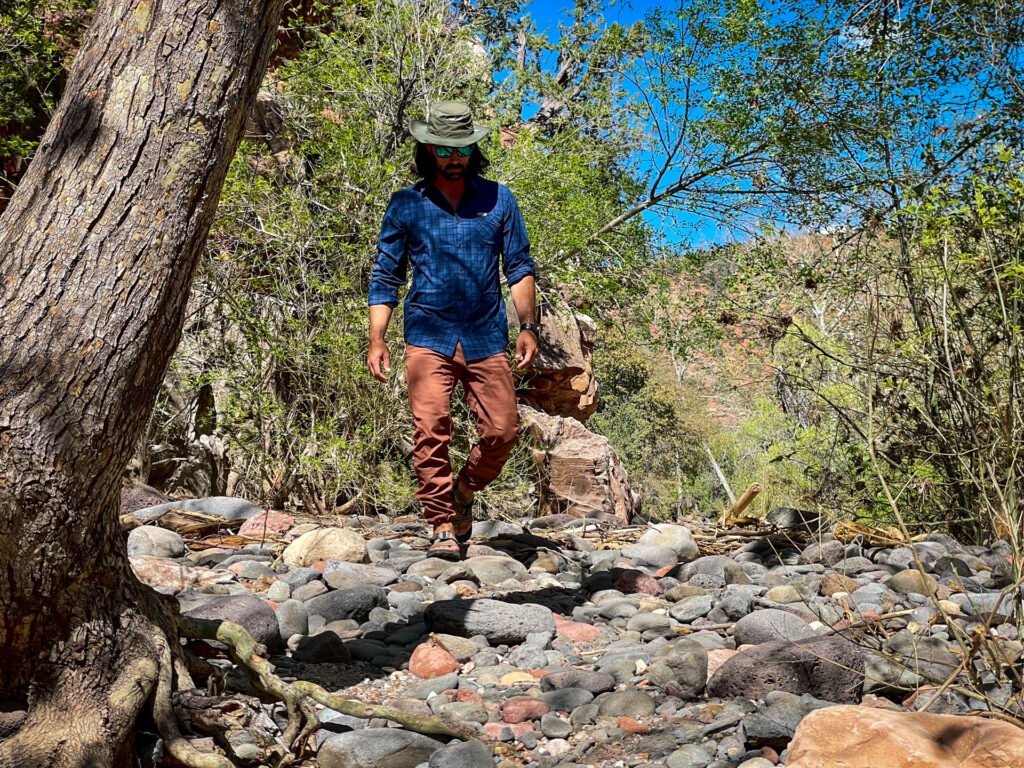


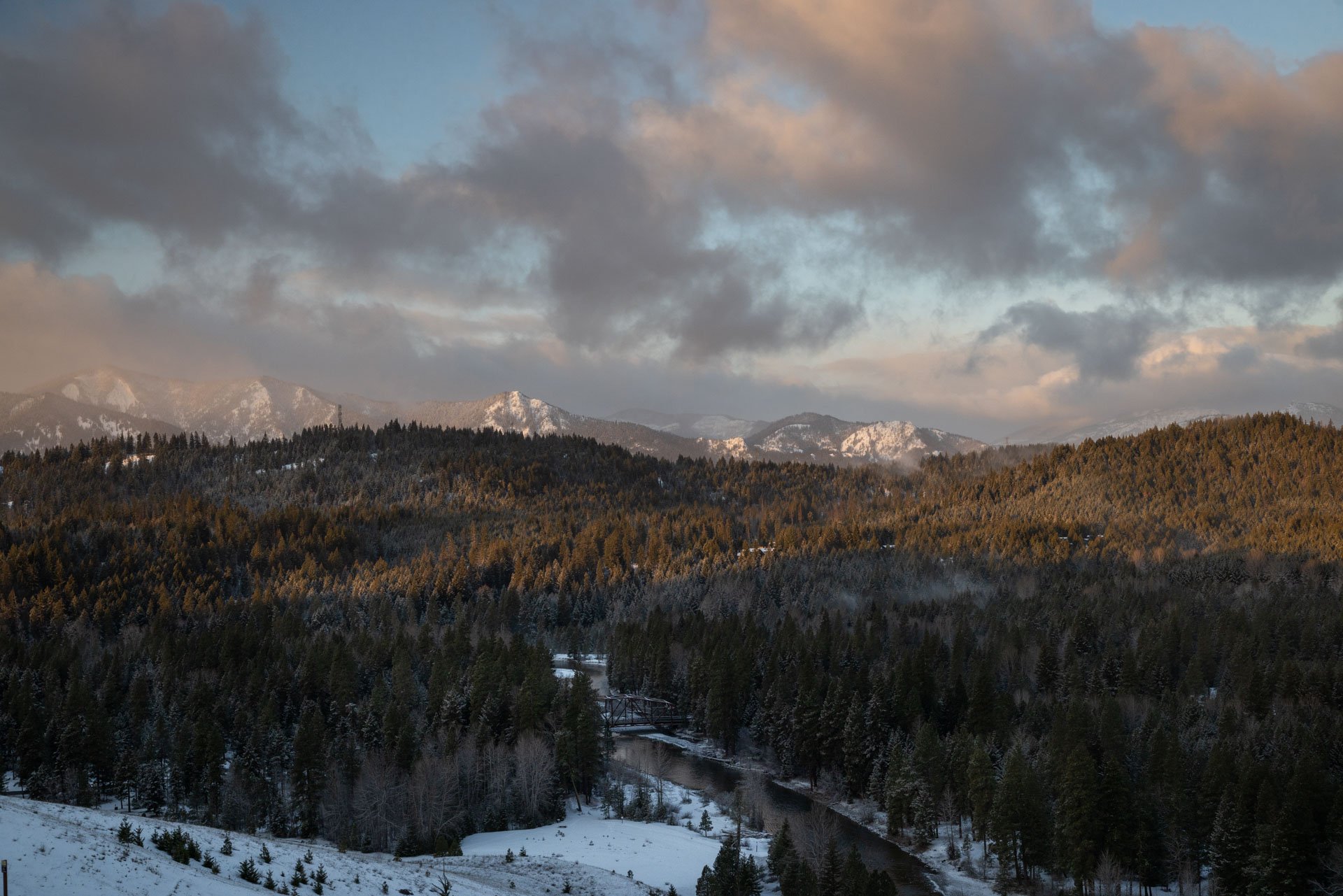
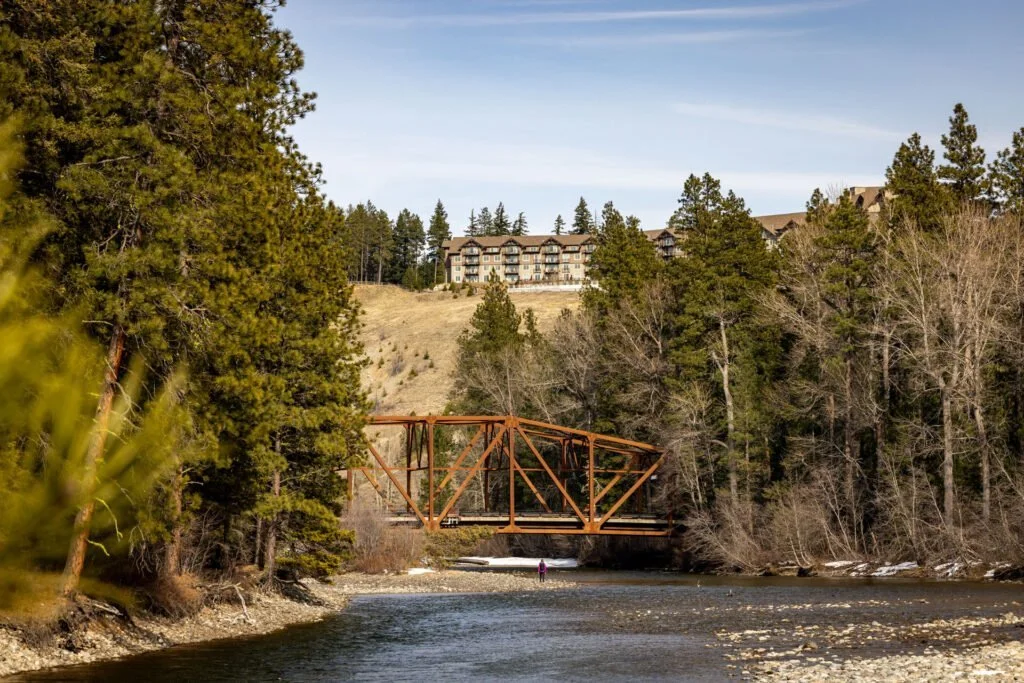
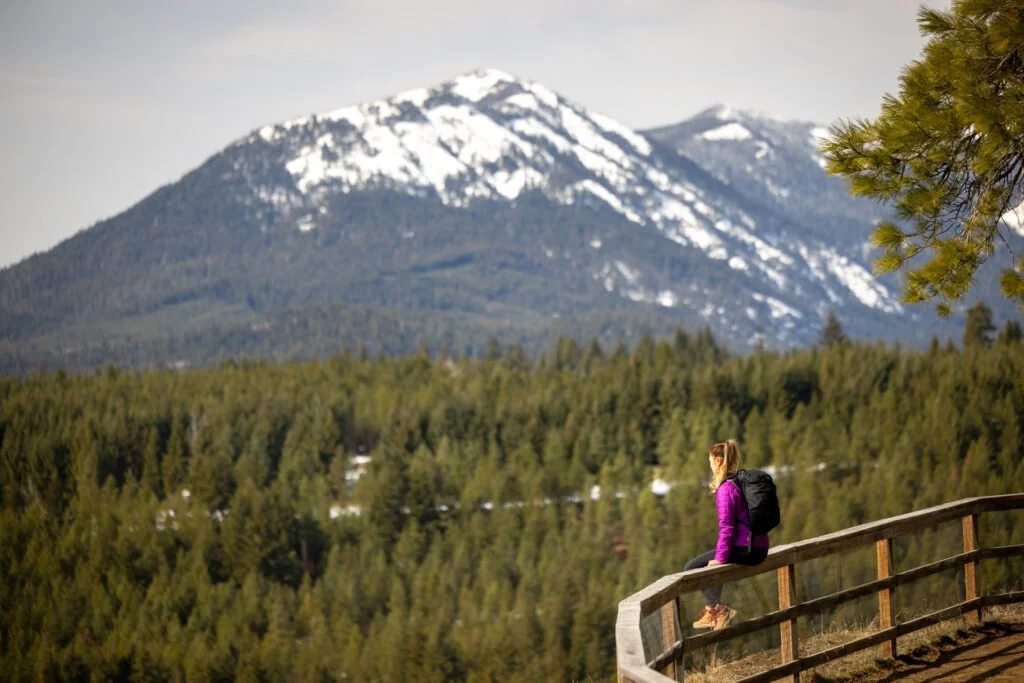
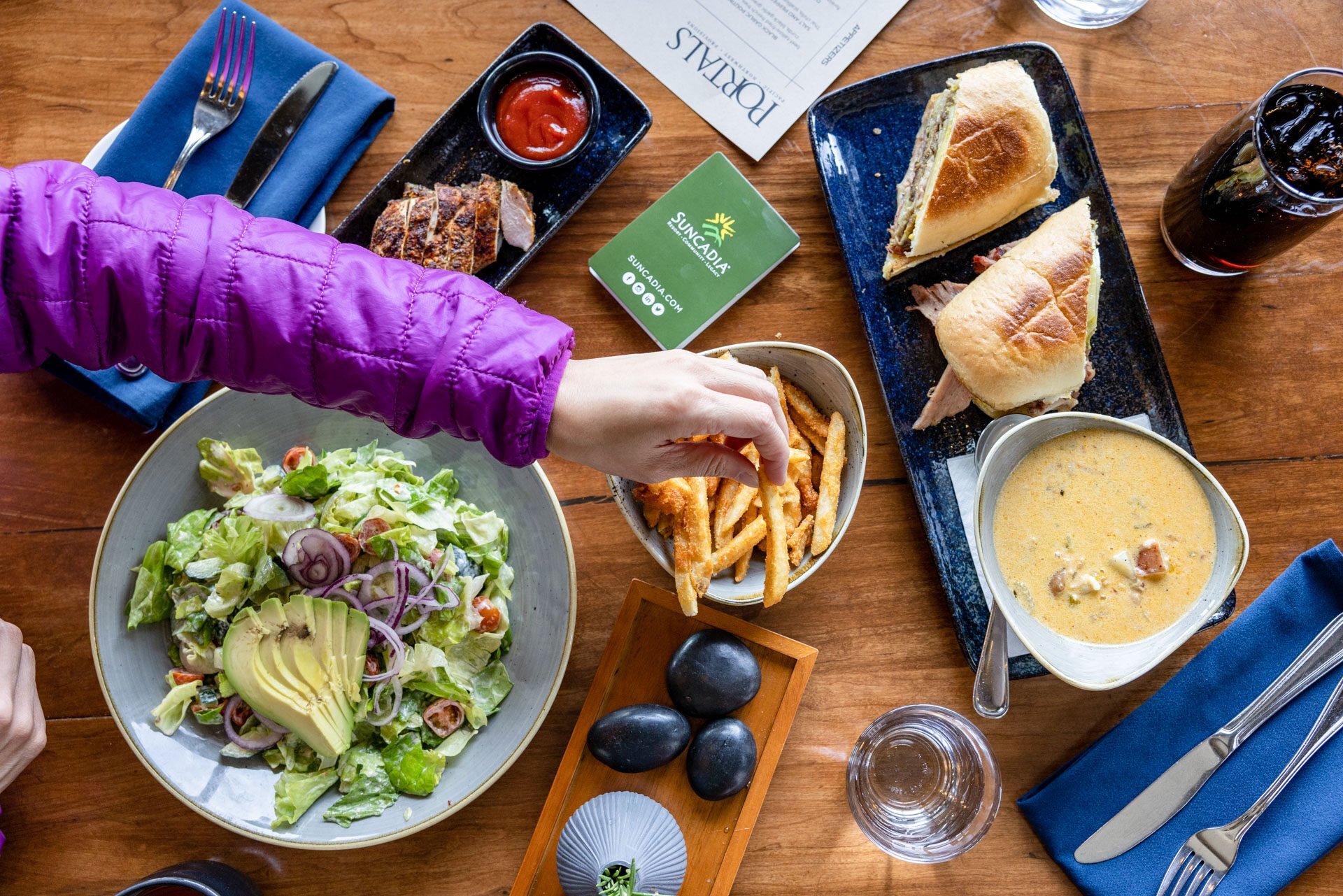
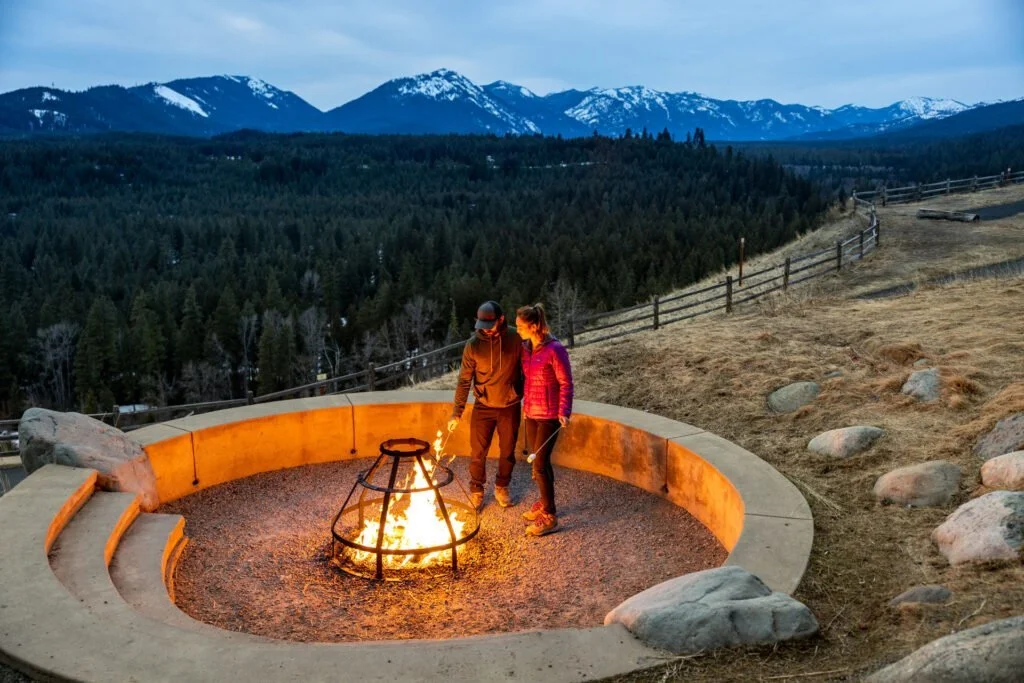


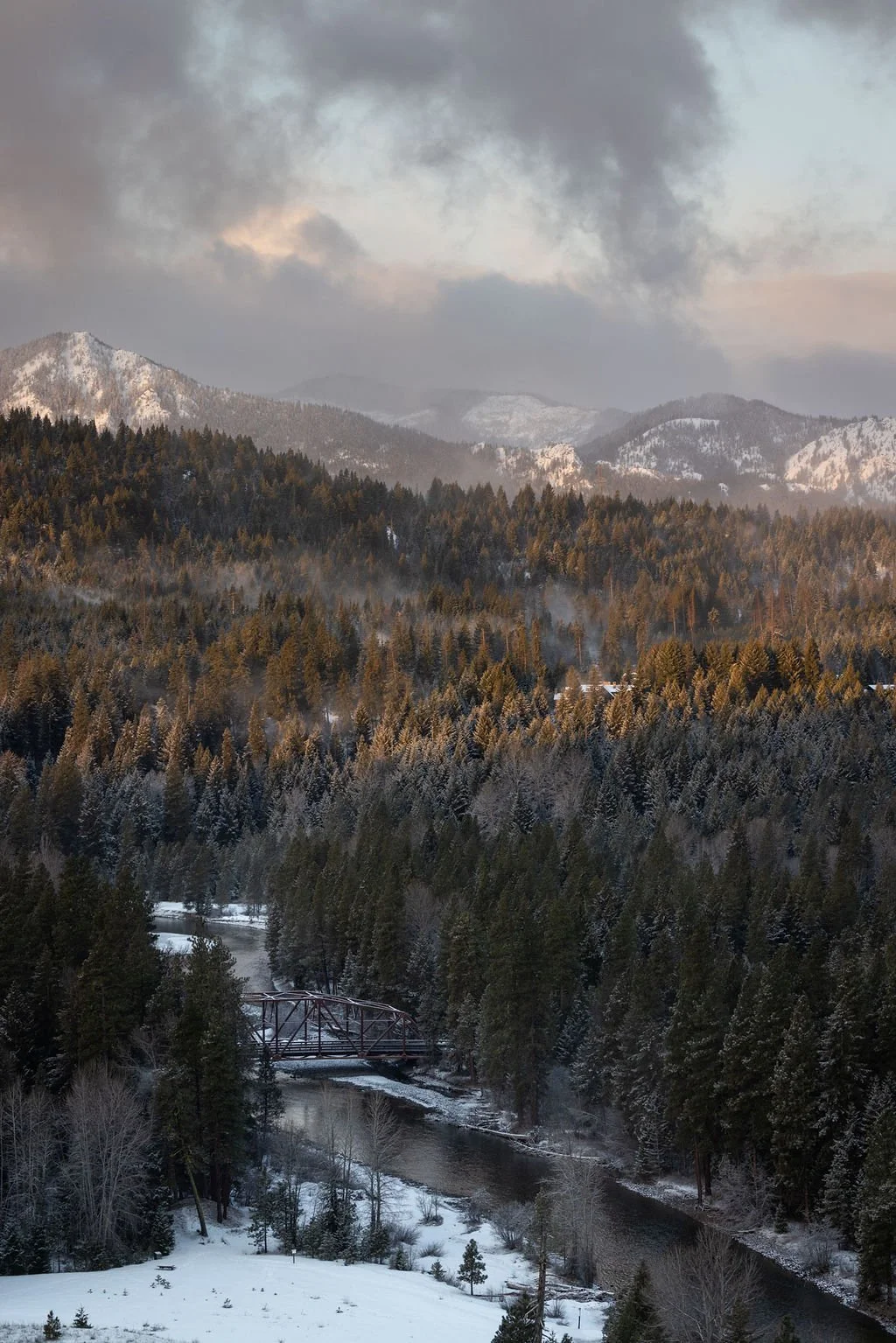


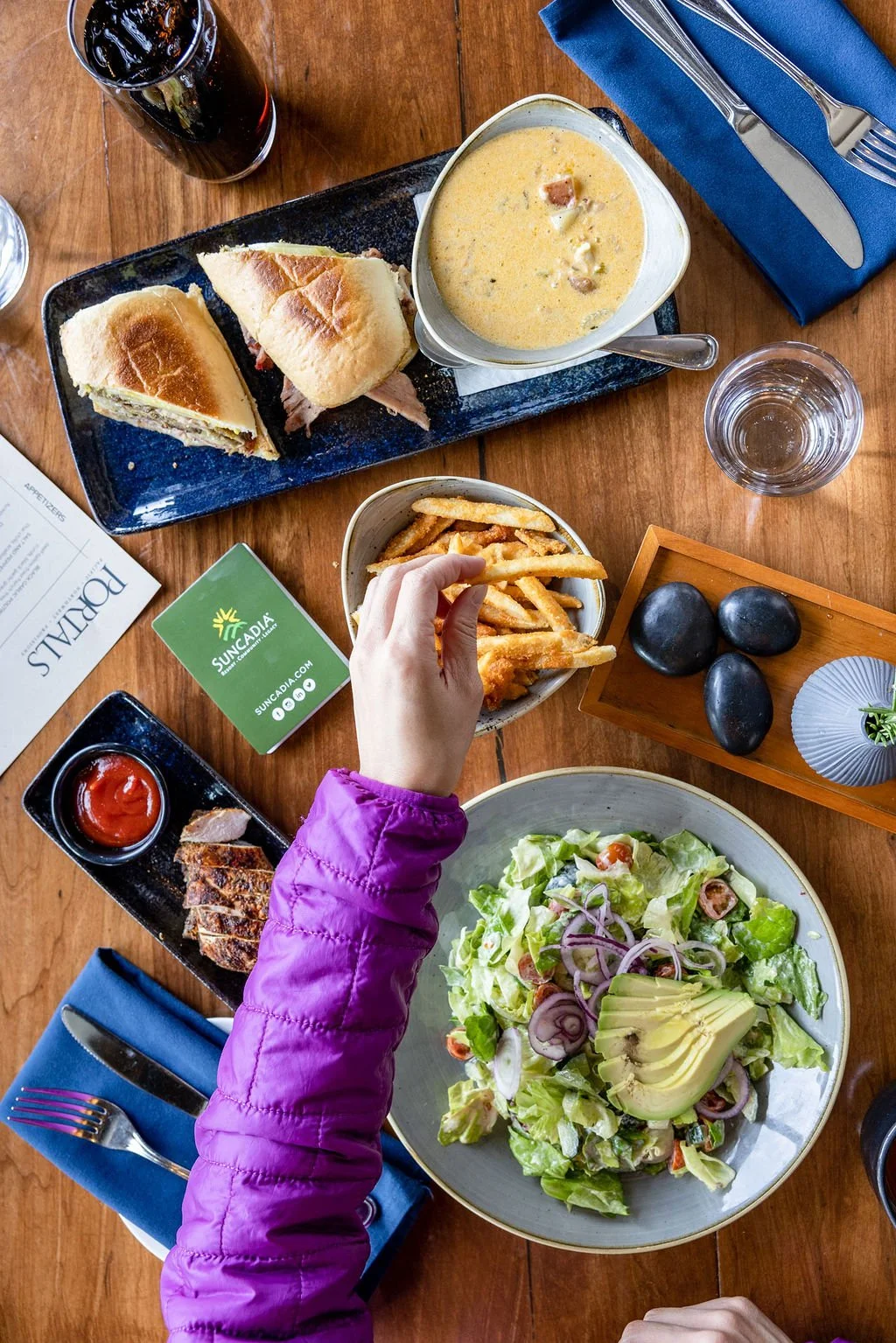
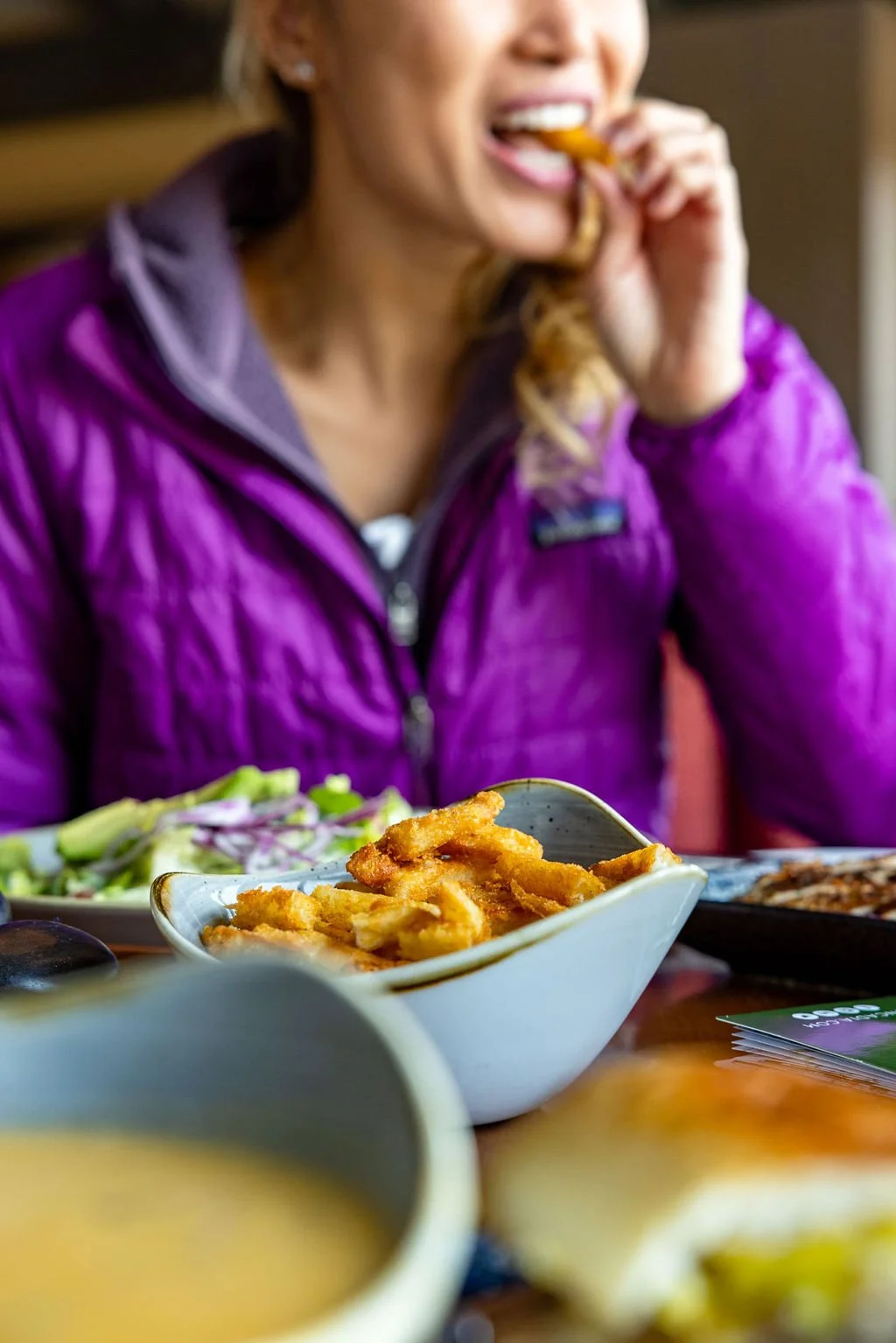
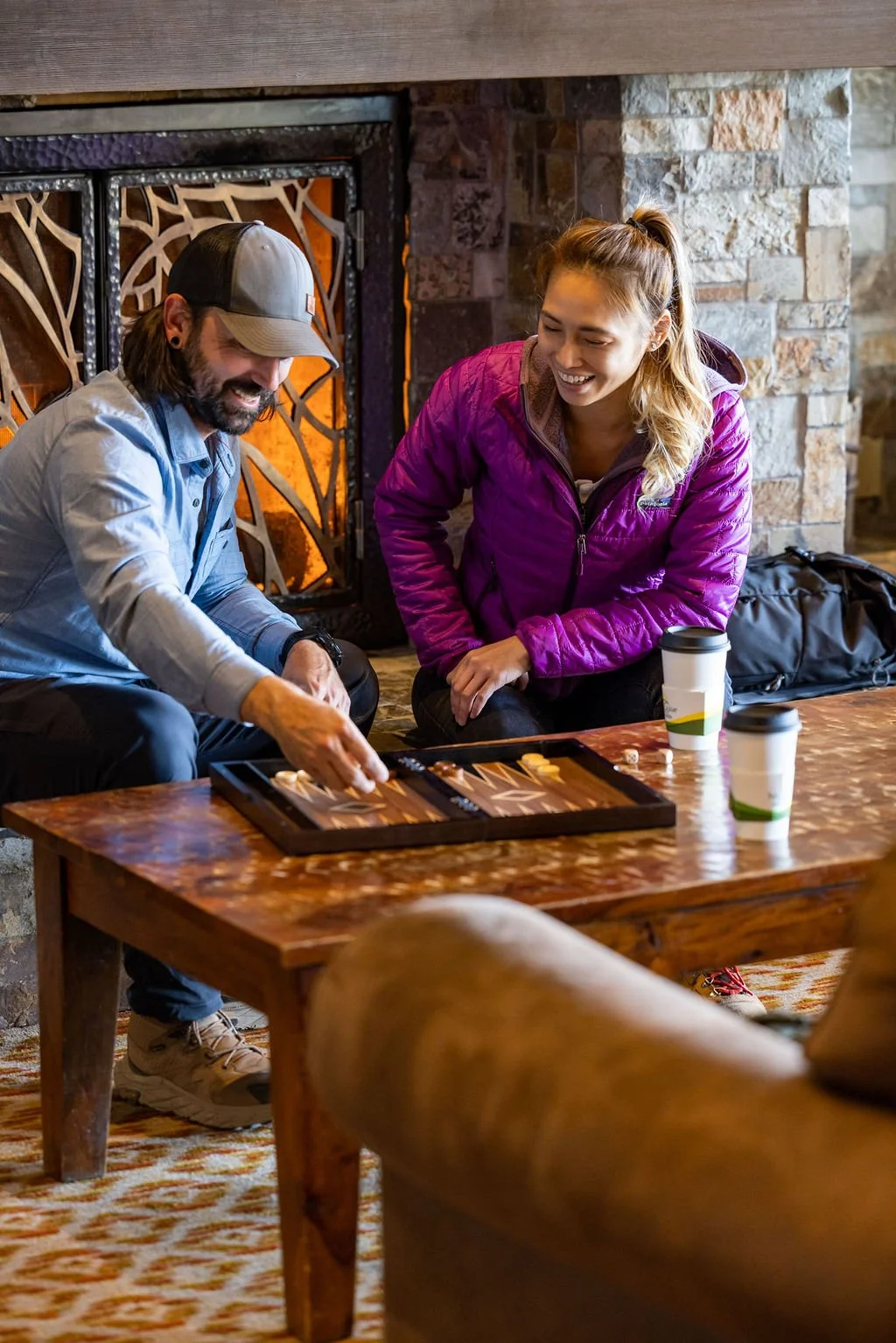

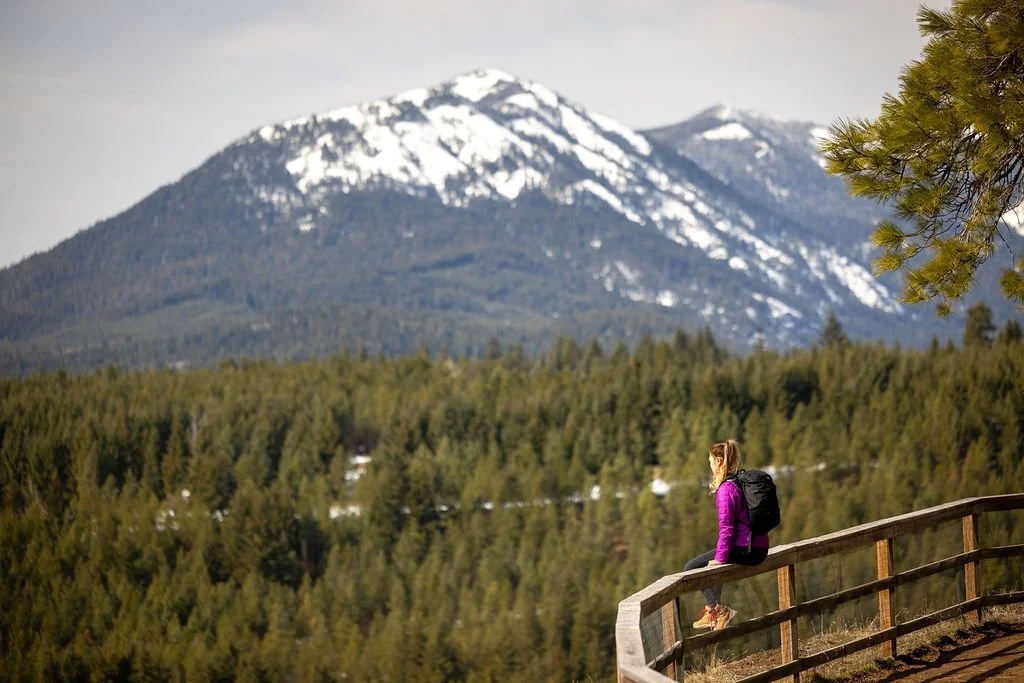
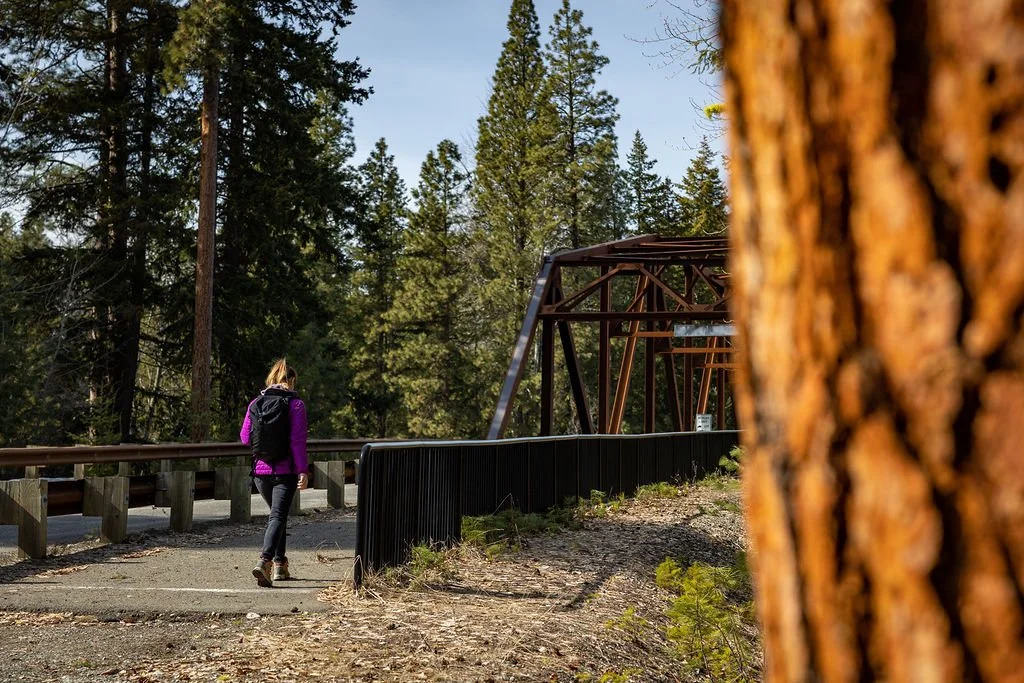
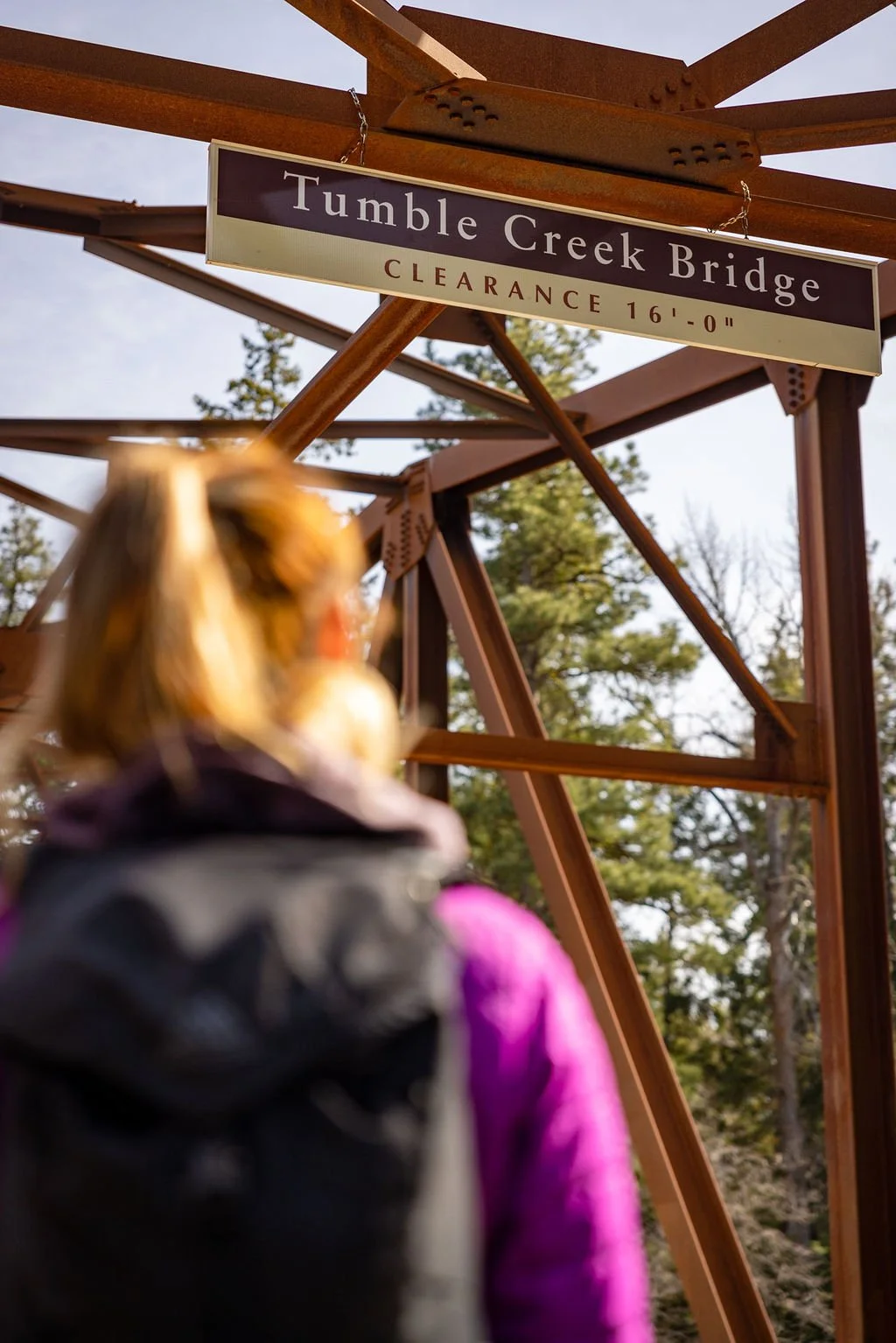
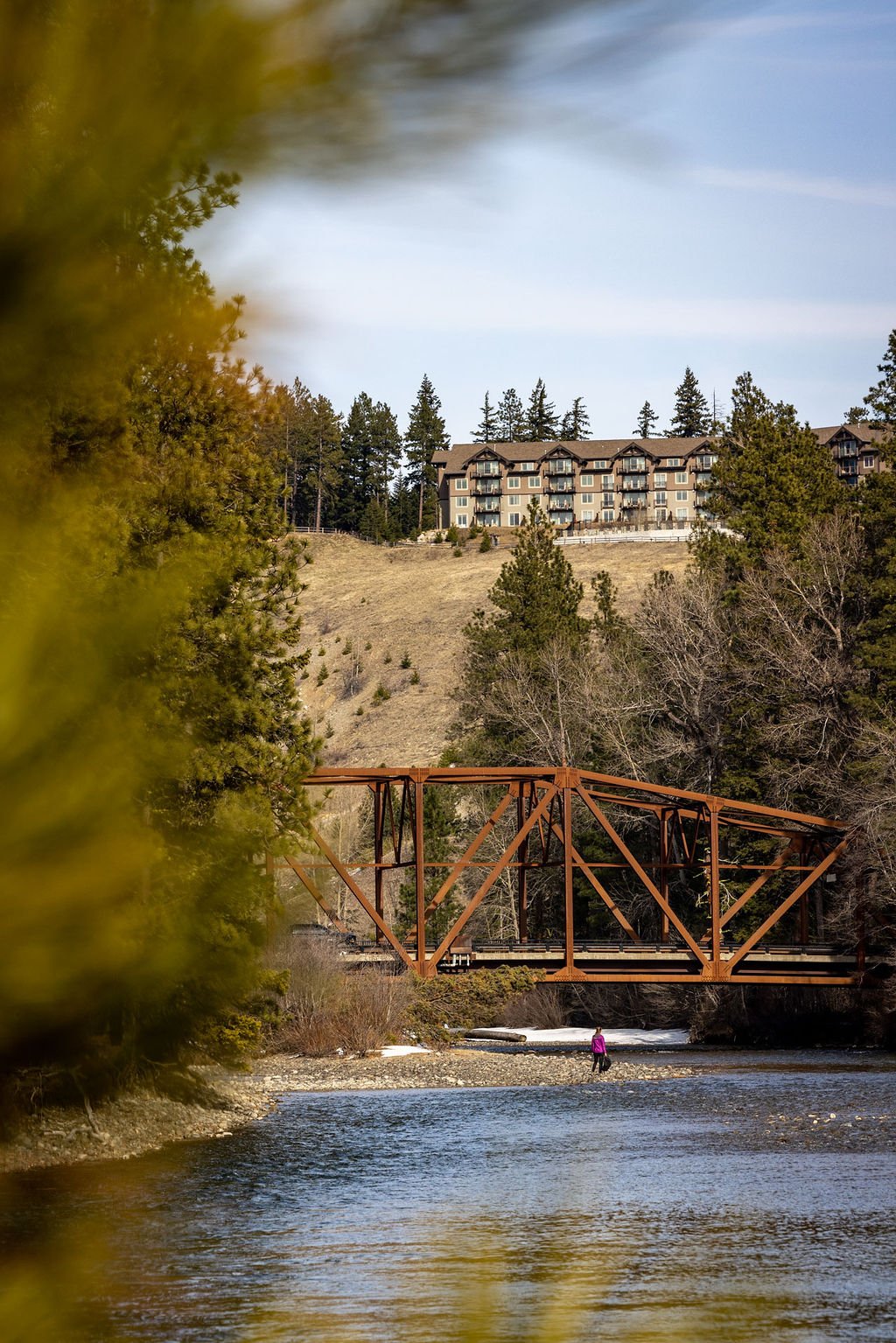
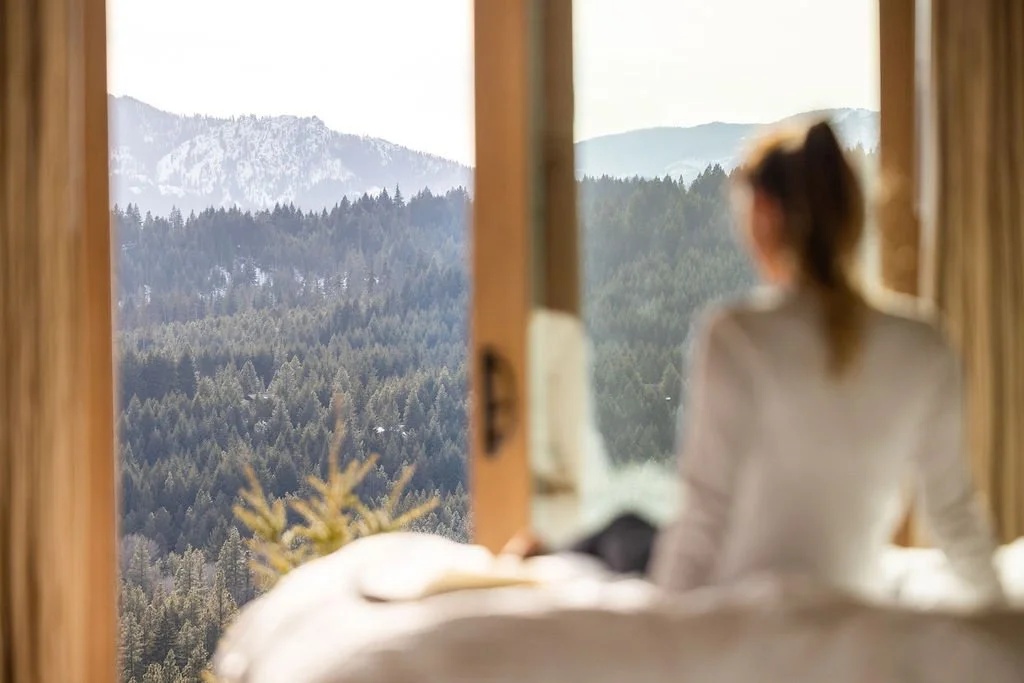


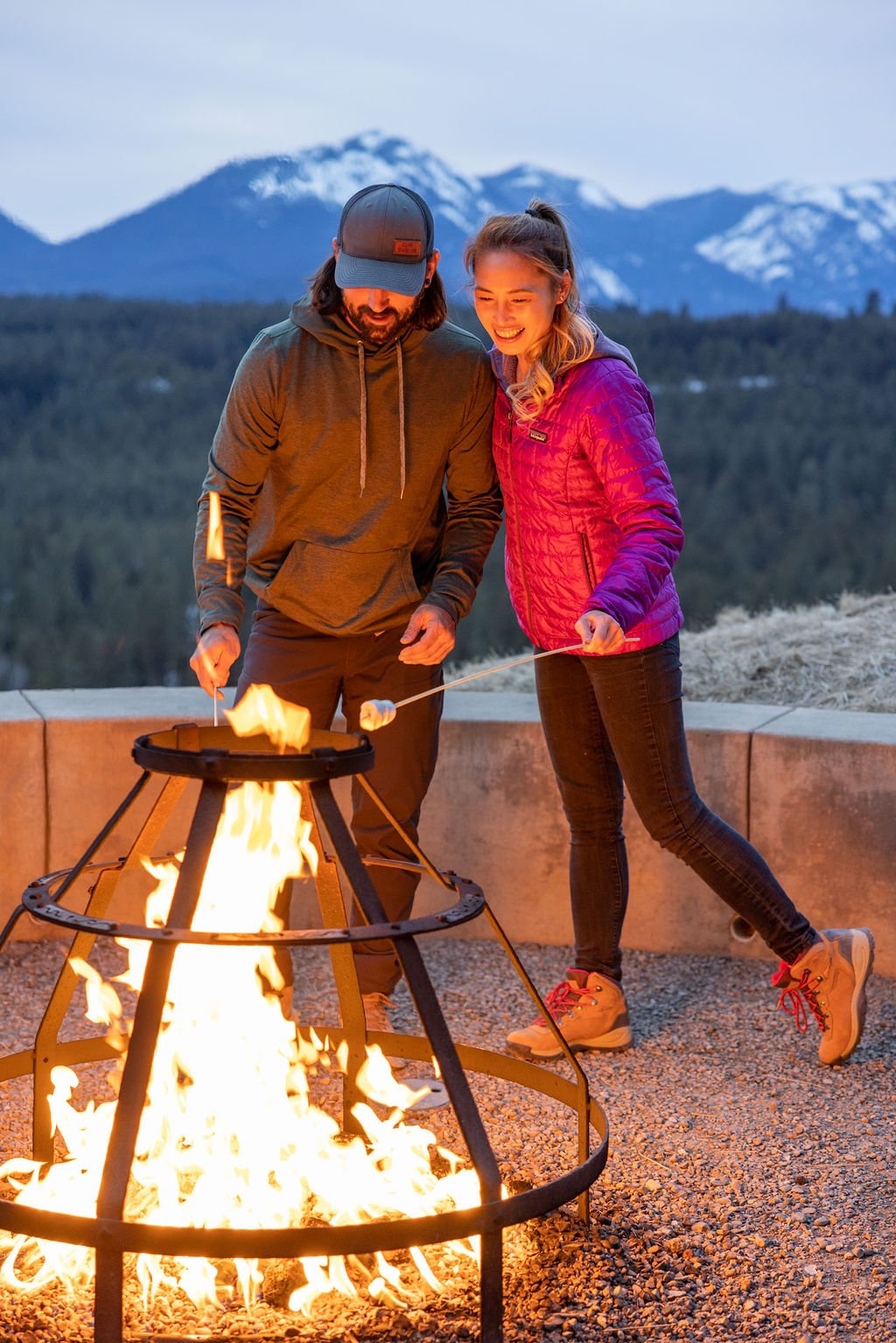
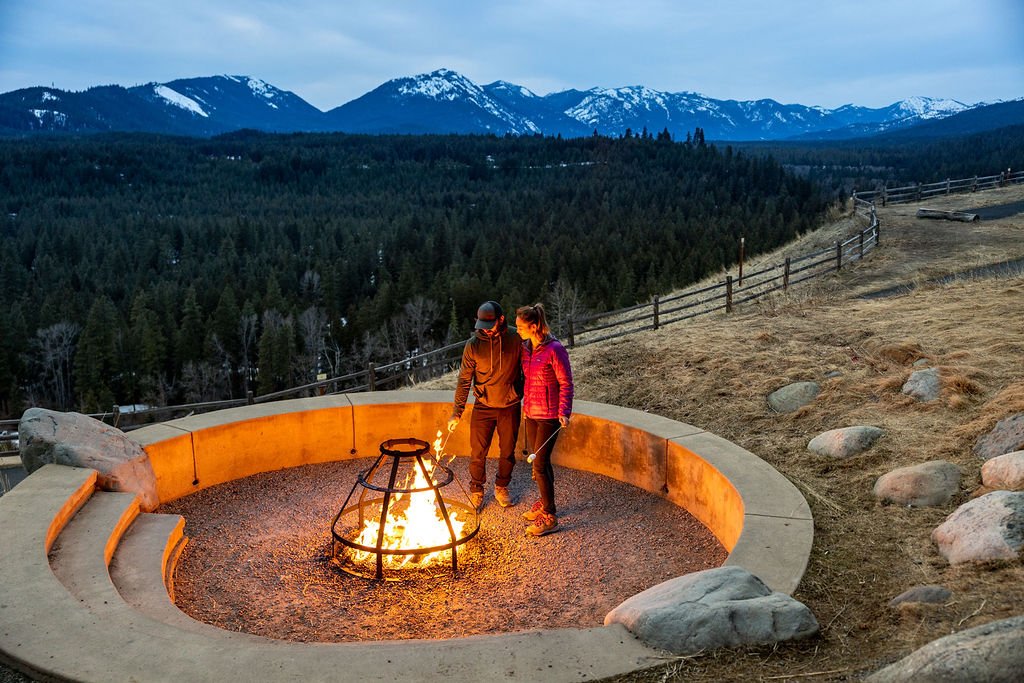
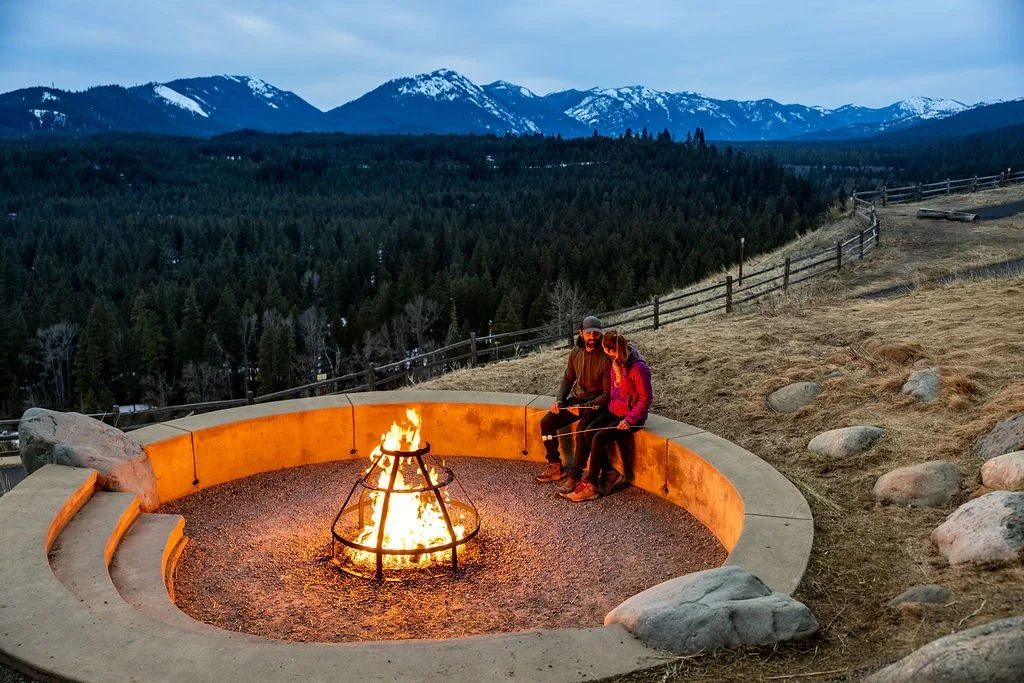








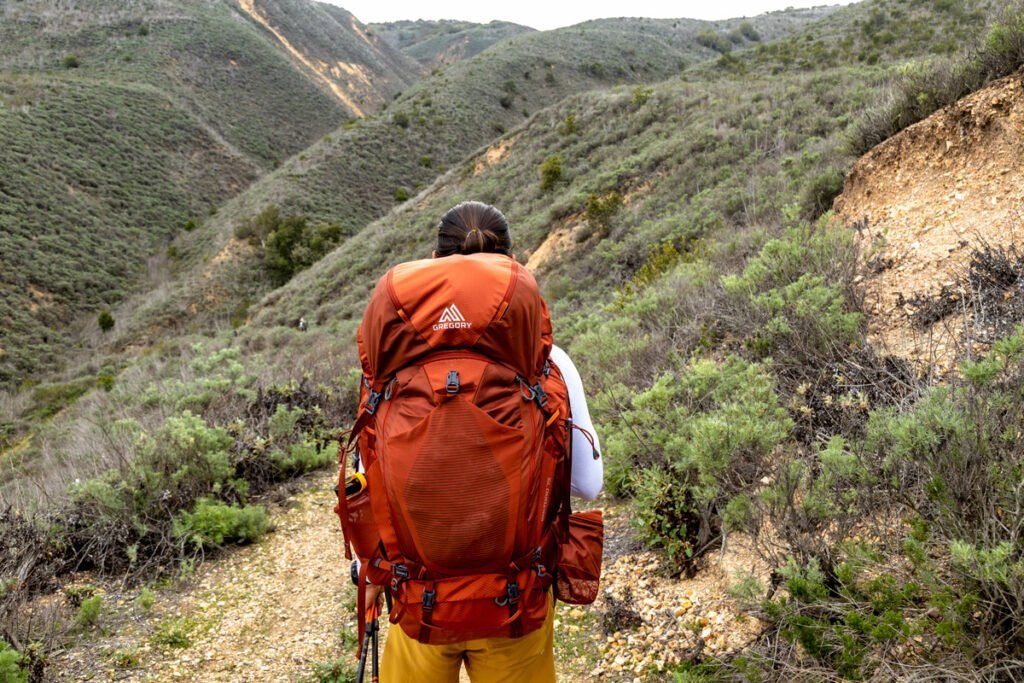











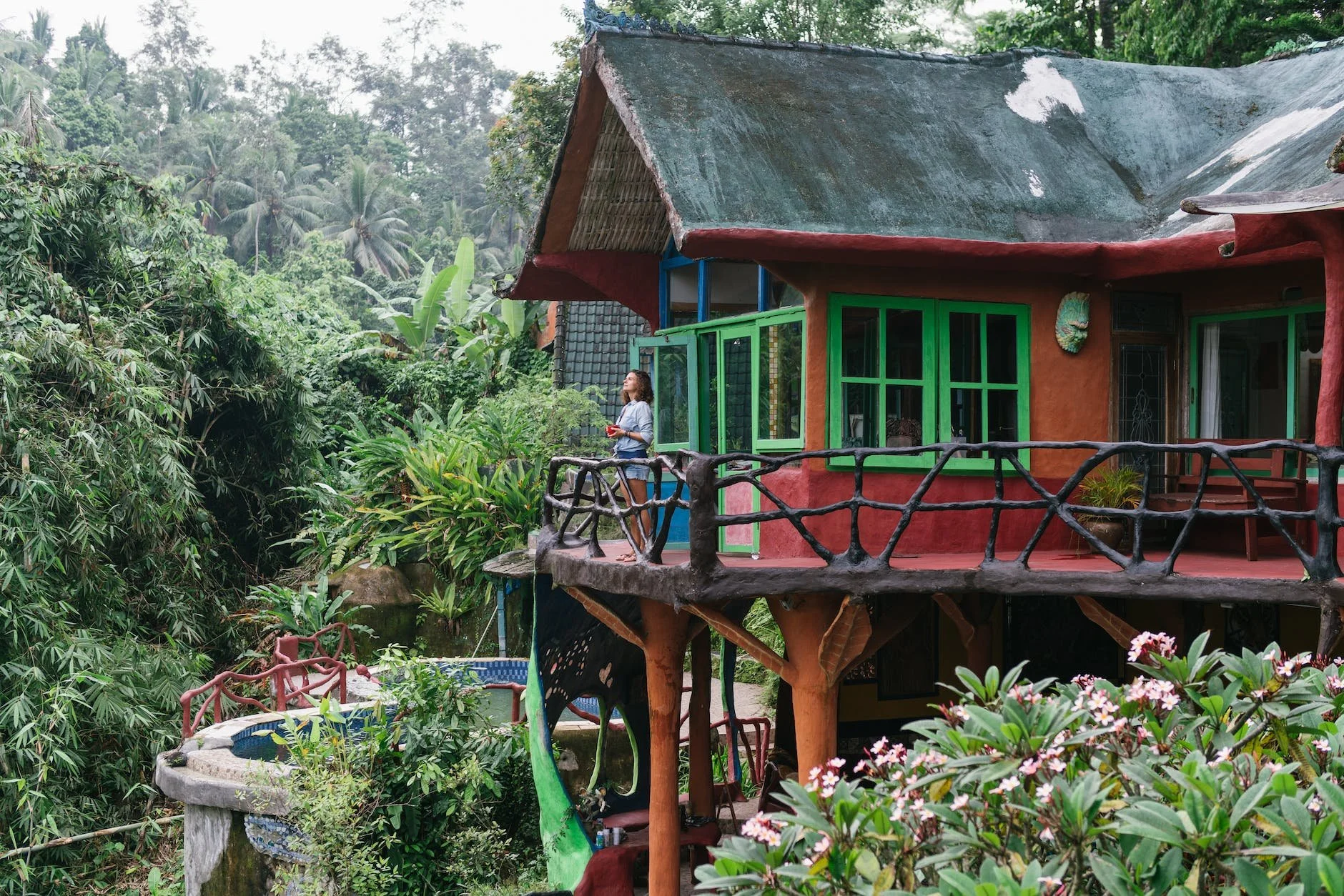


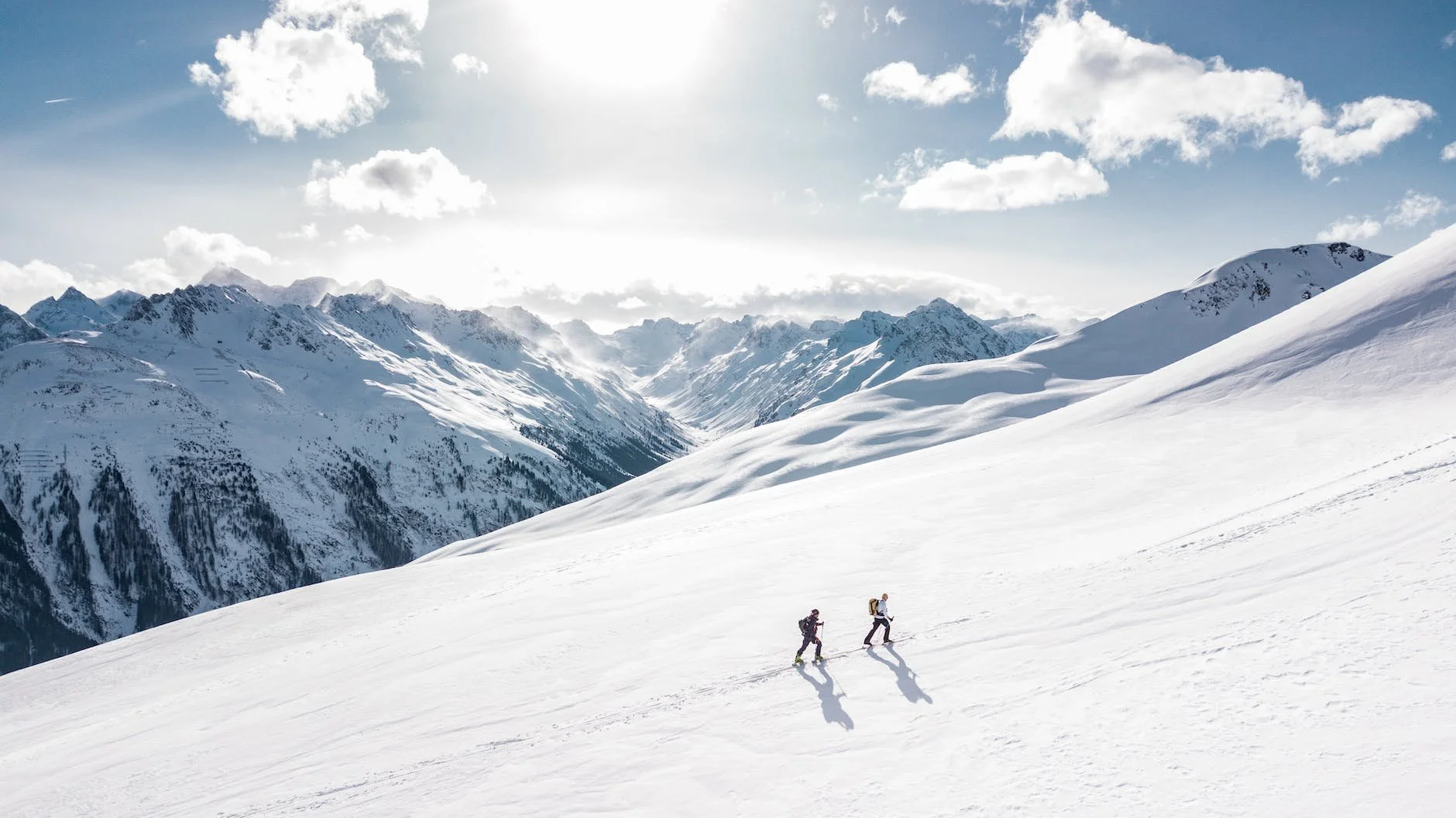



















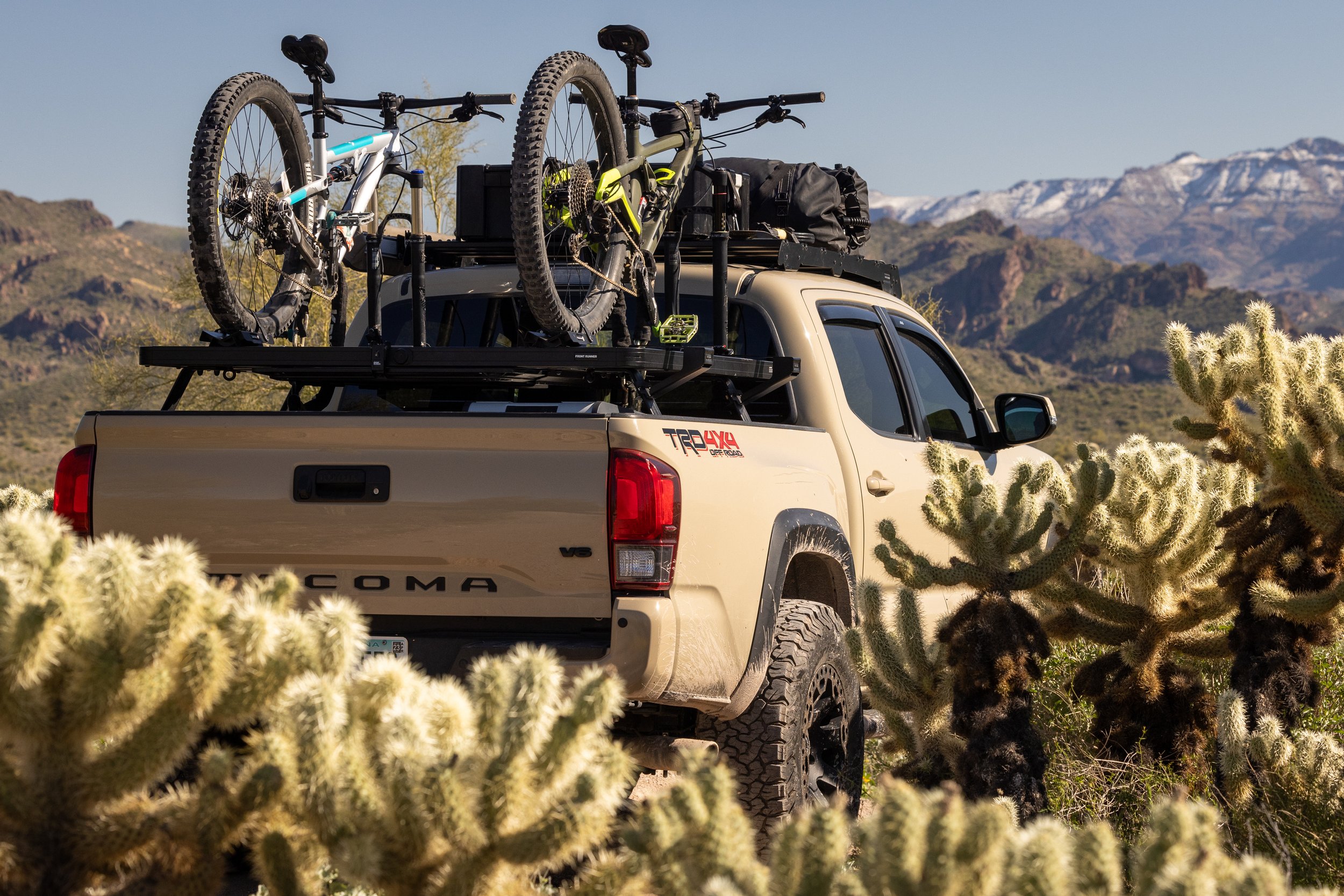
Master the art of fly fishing for carp with essential flies and techniques. Catch these elusive freshwater giants with precision and skill.